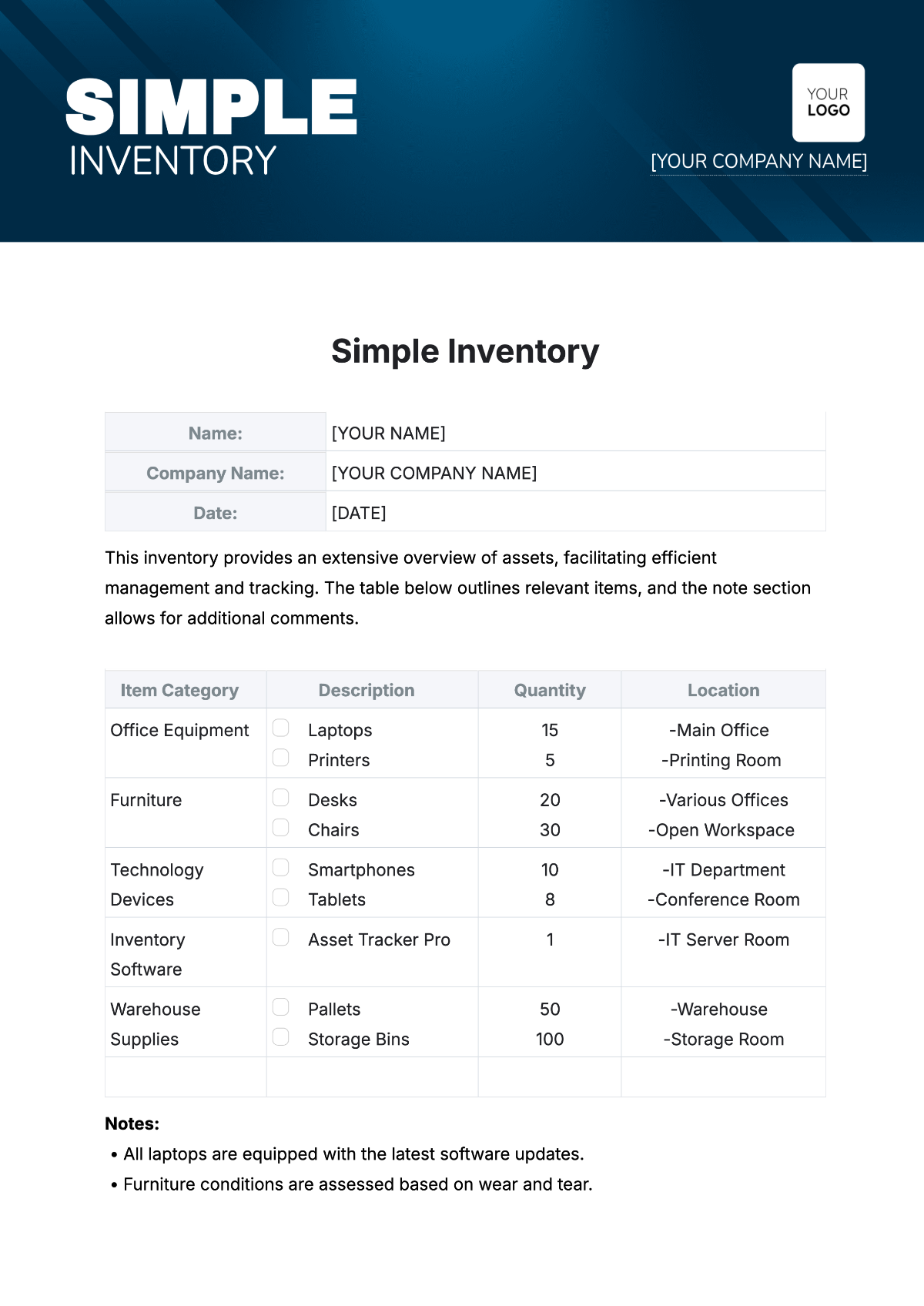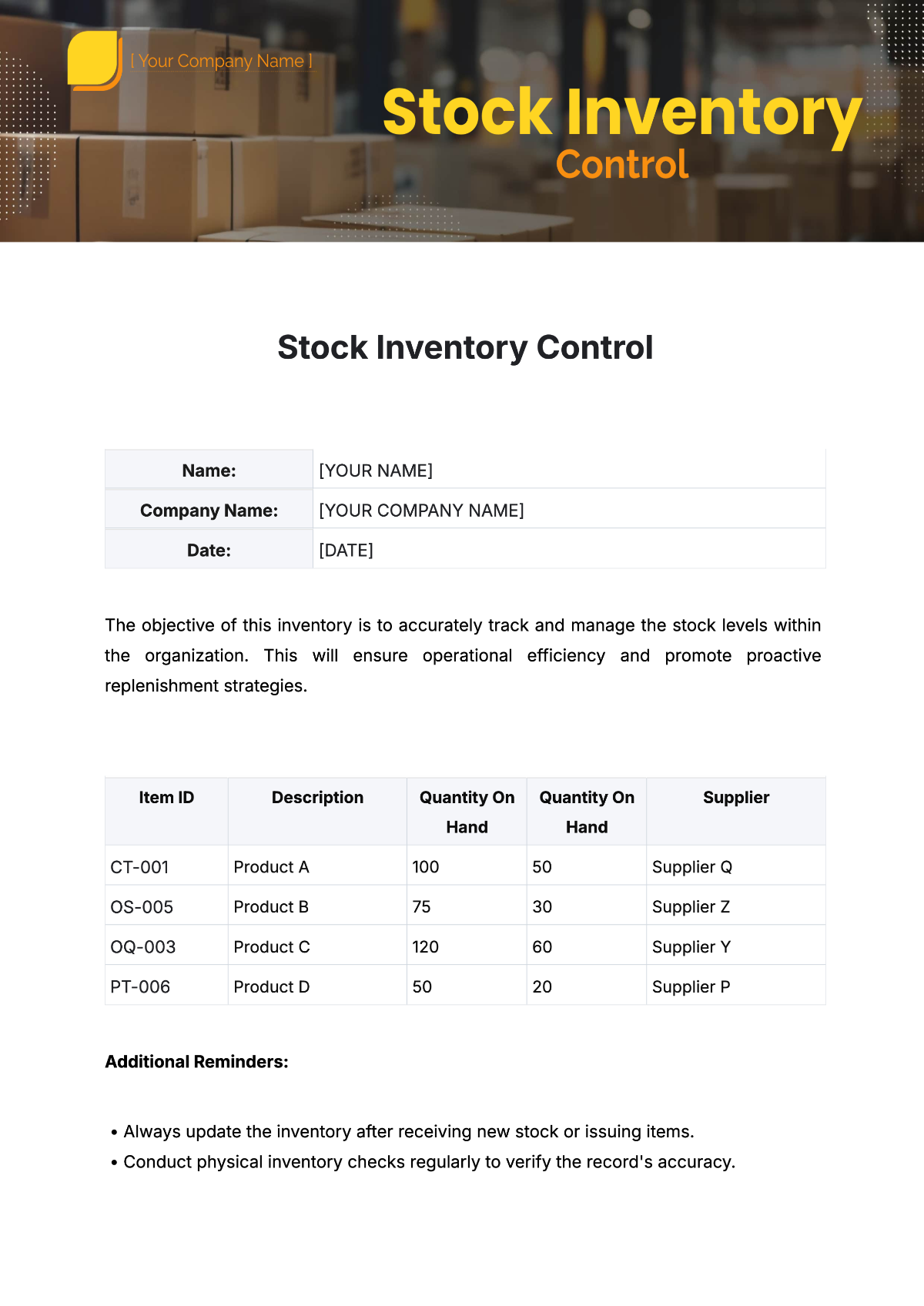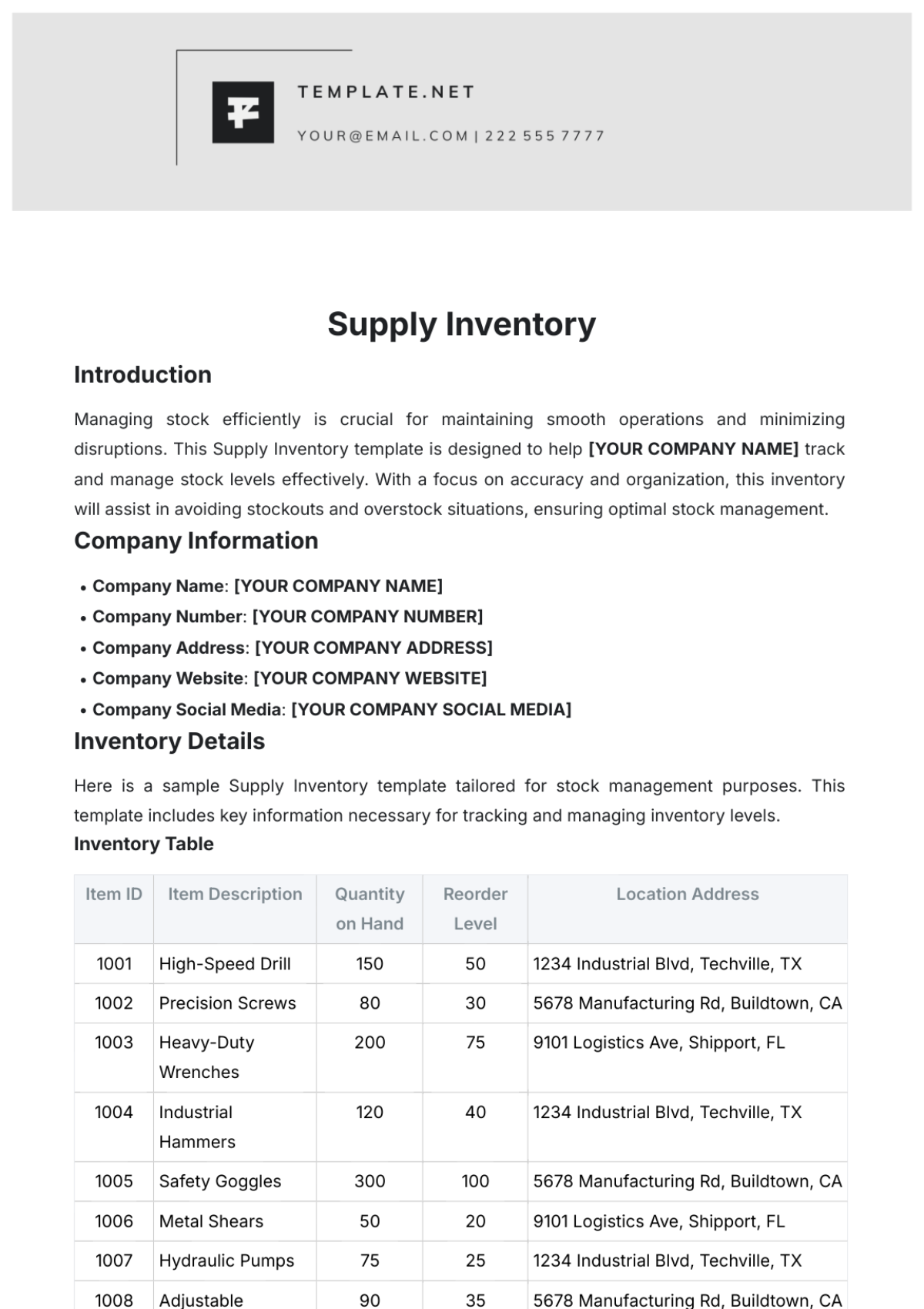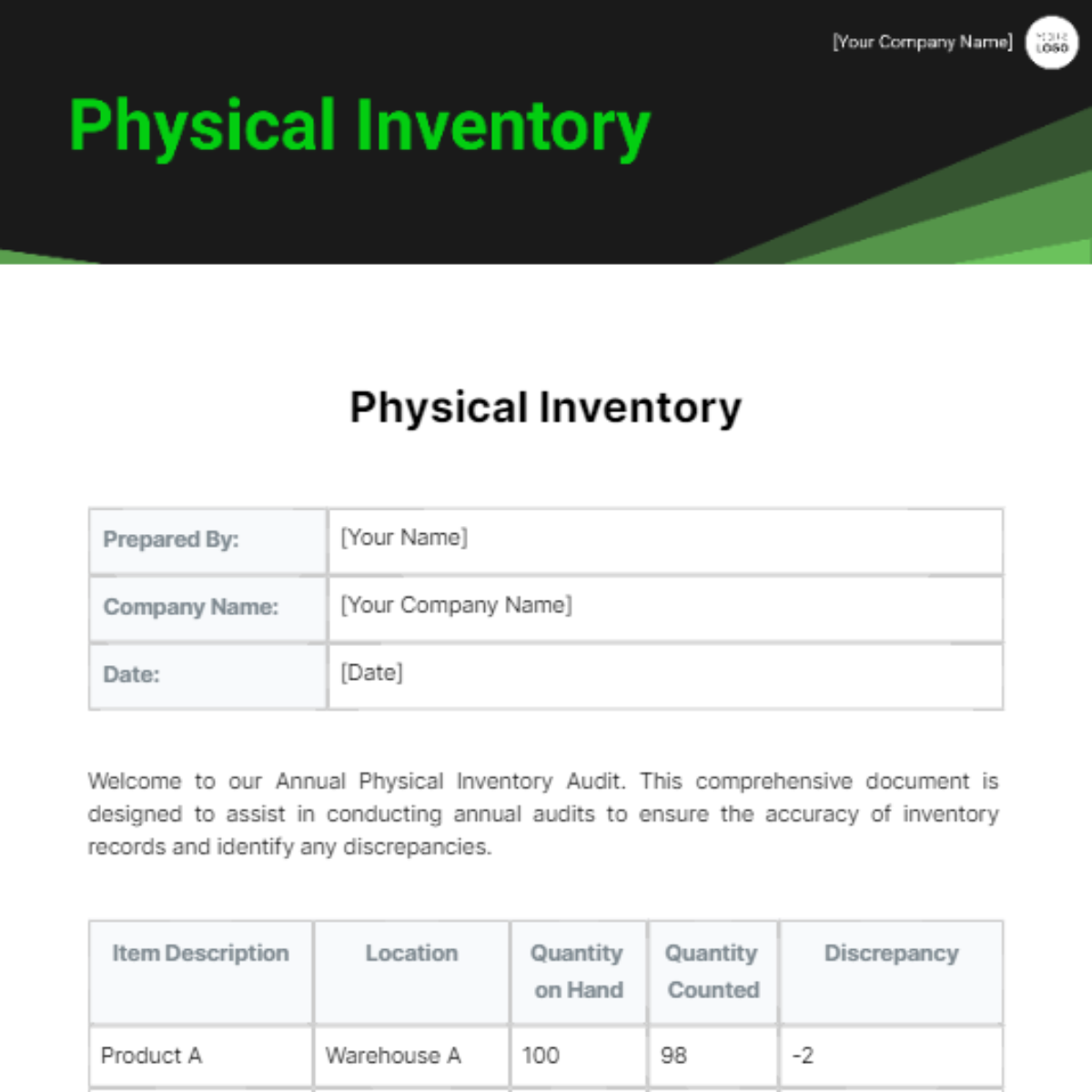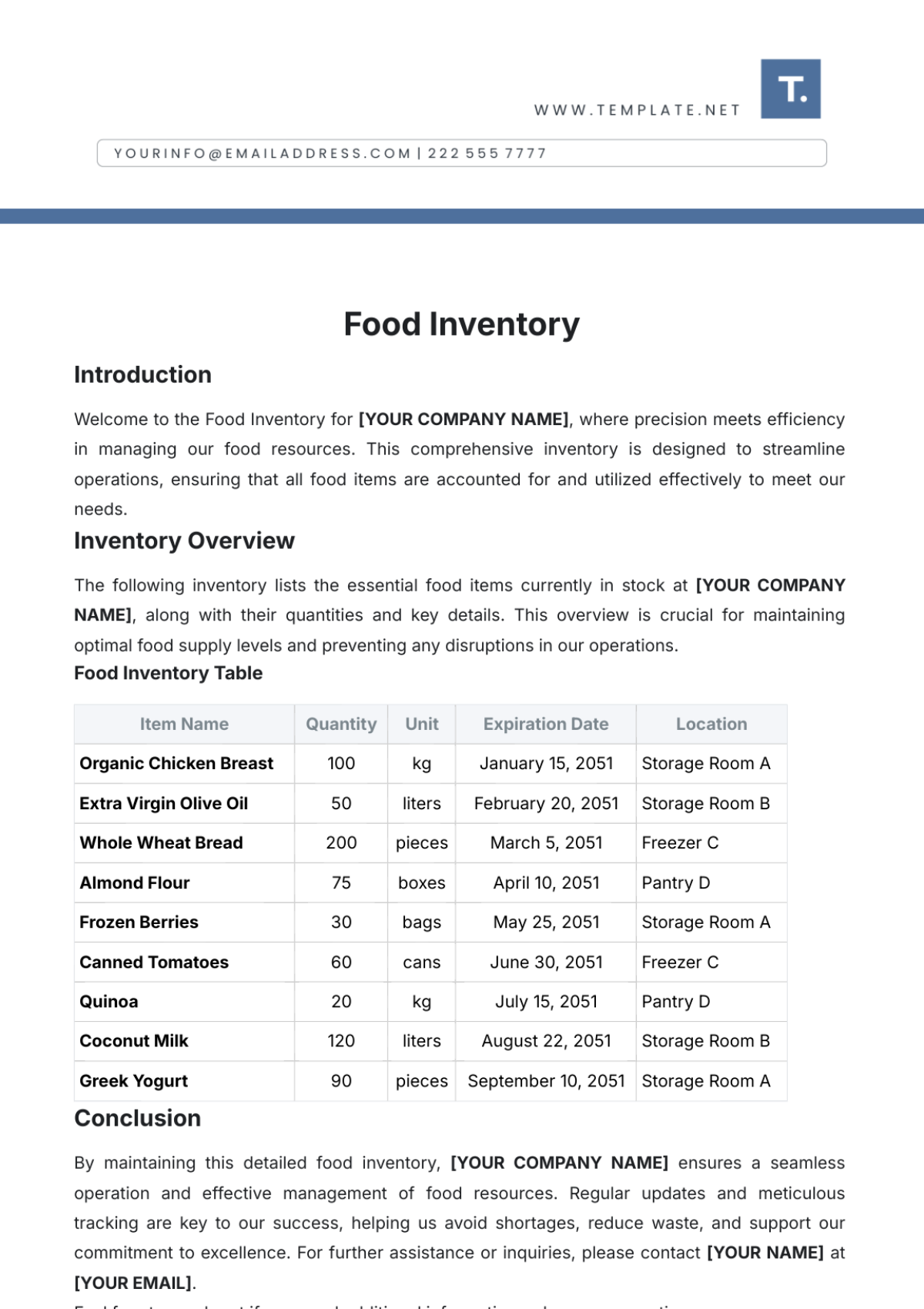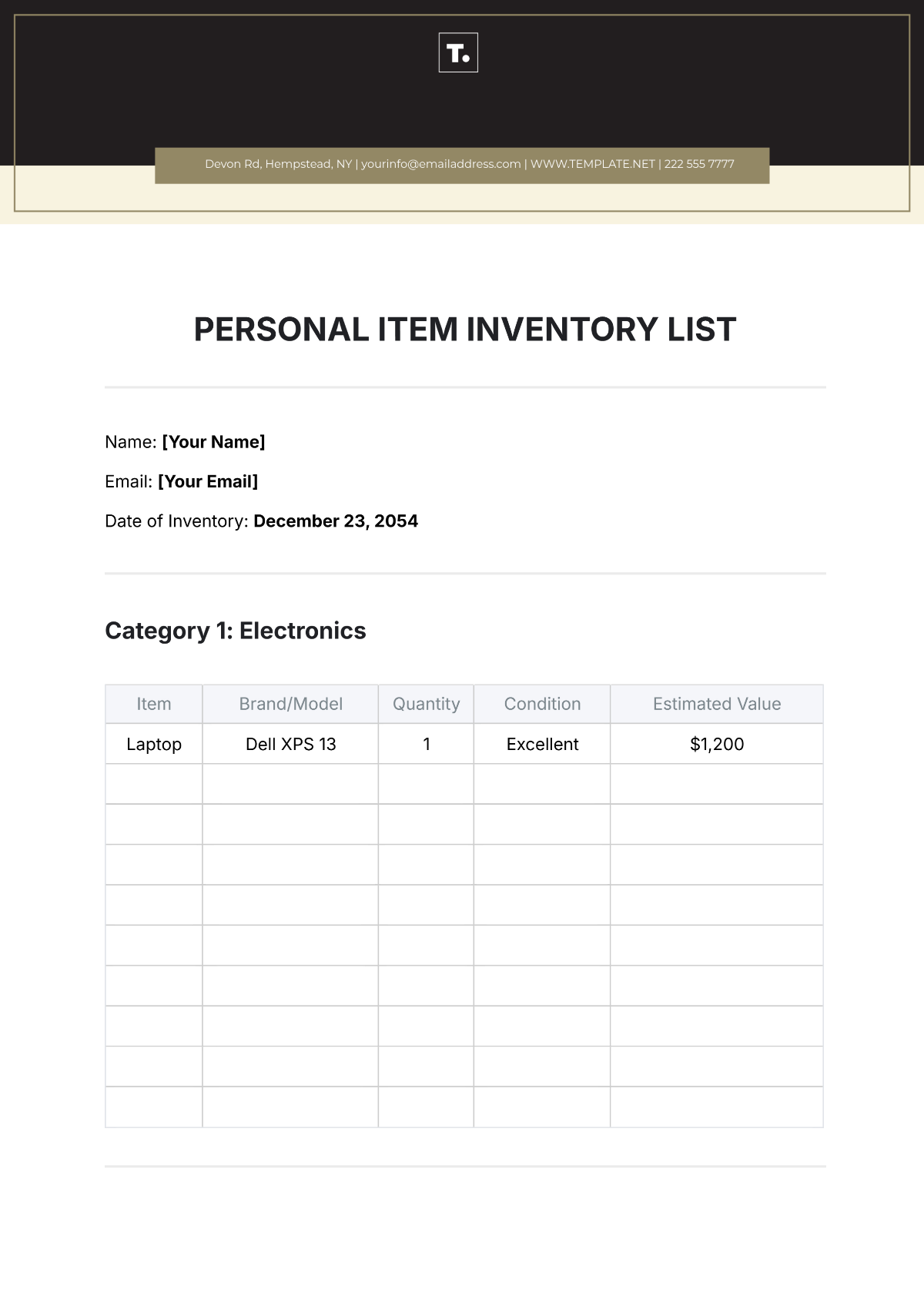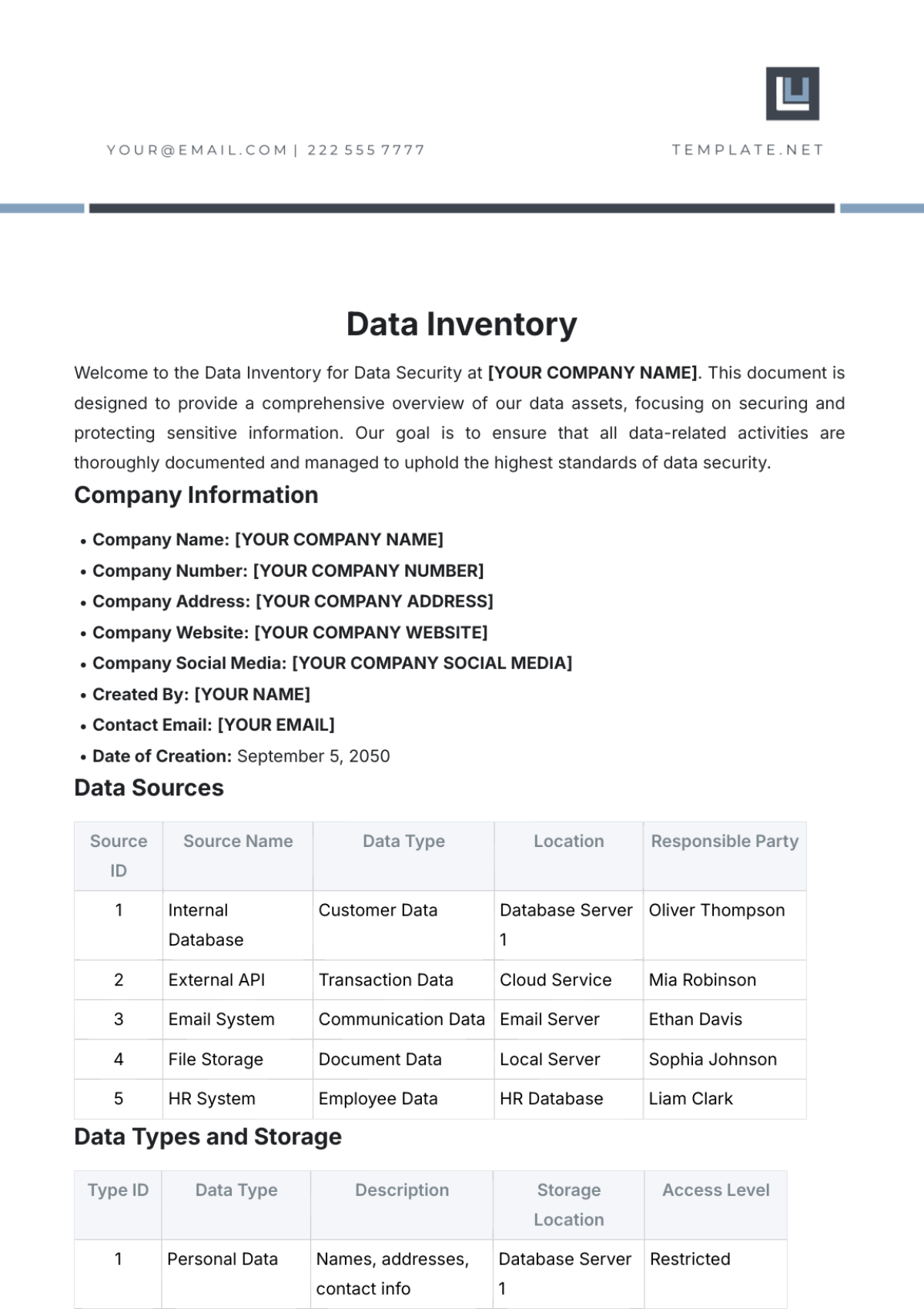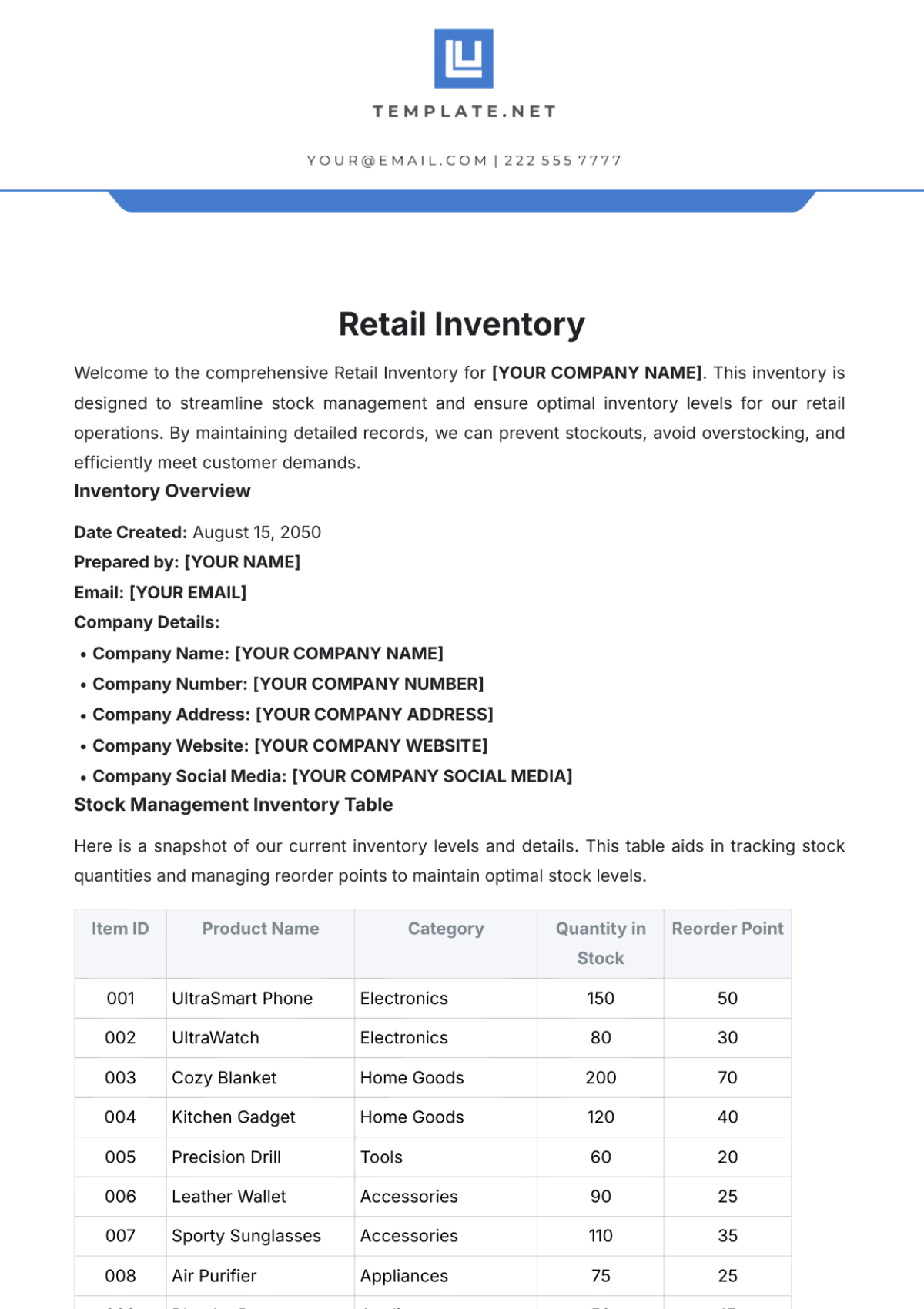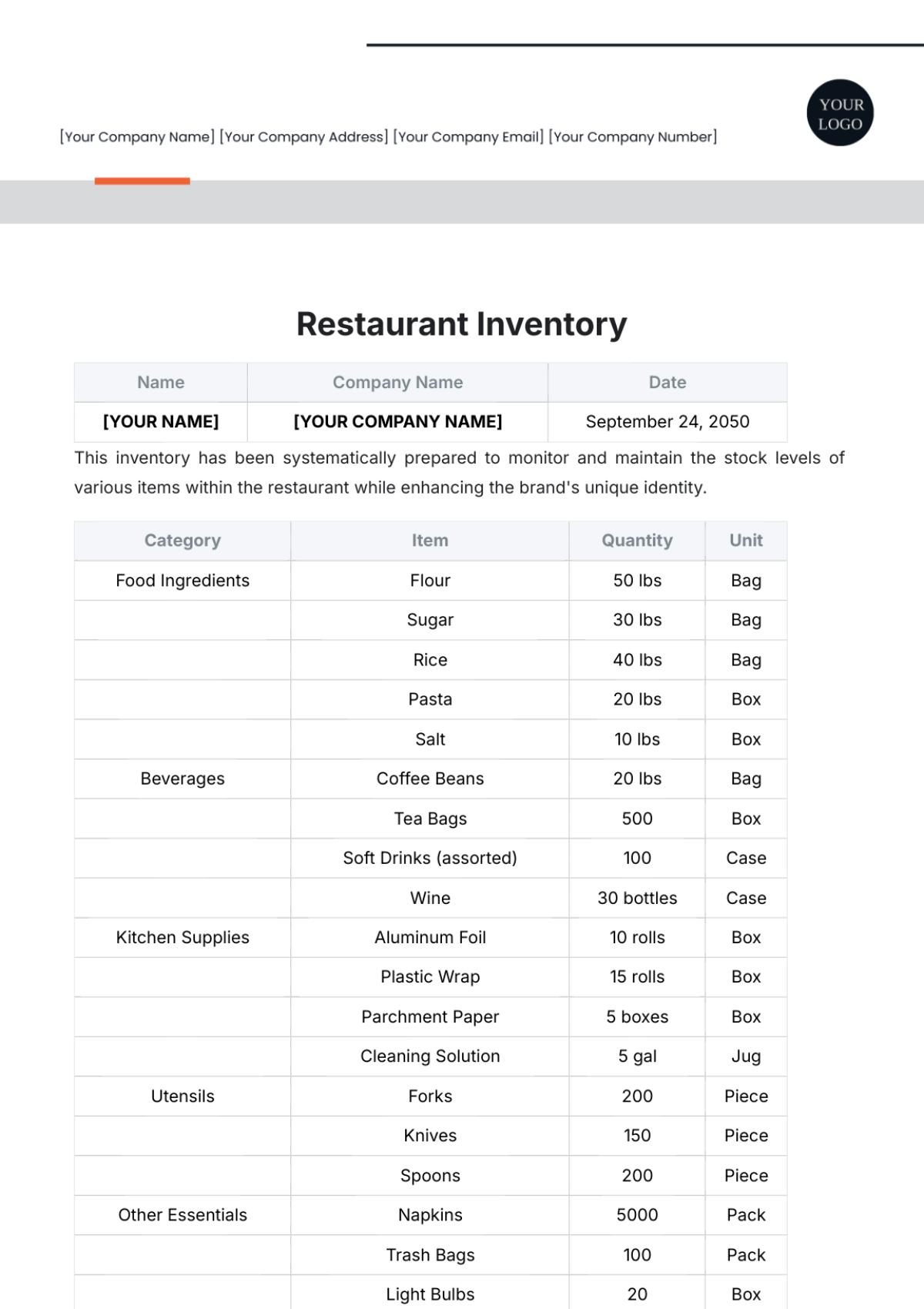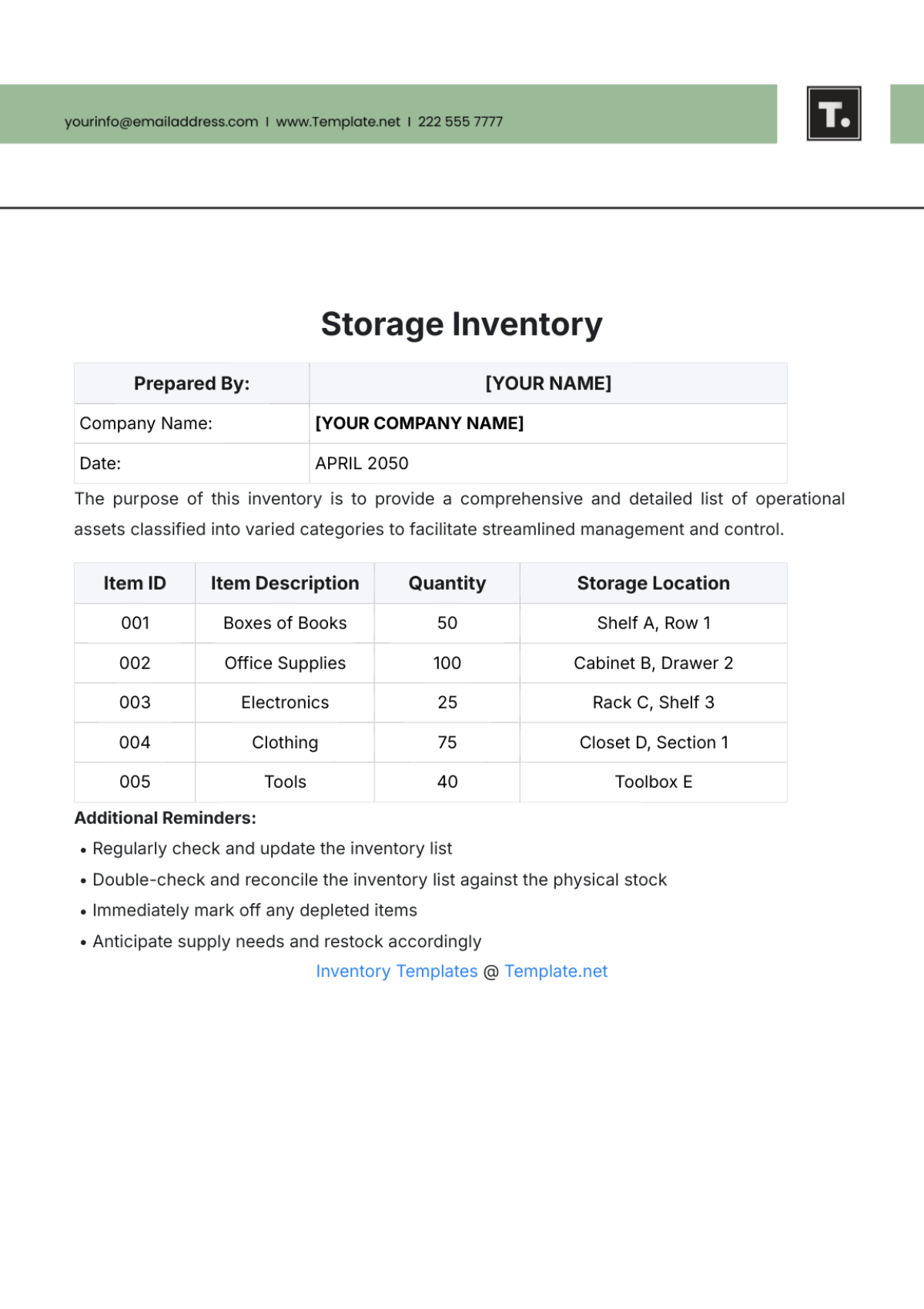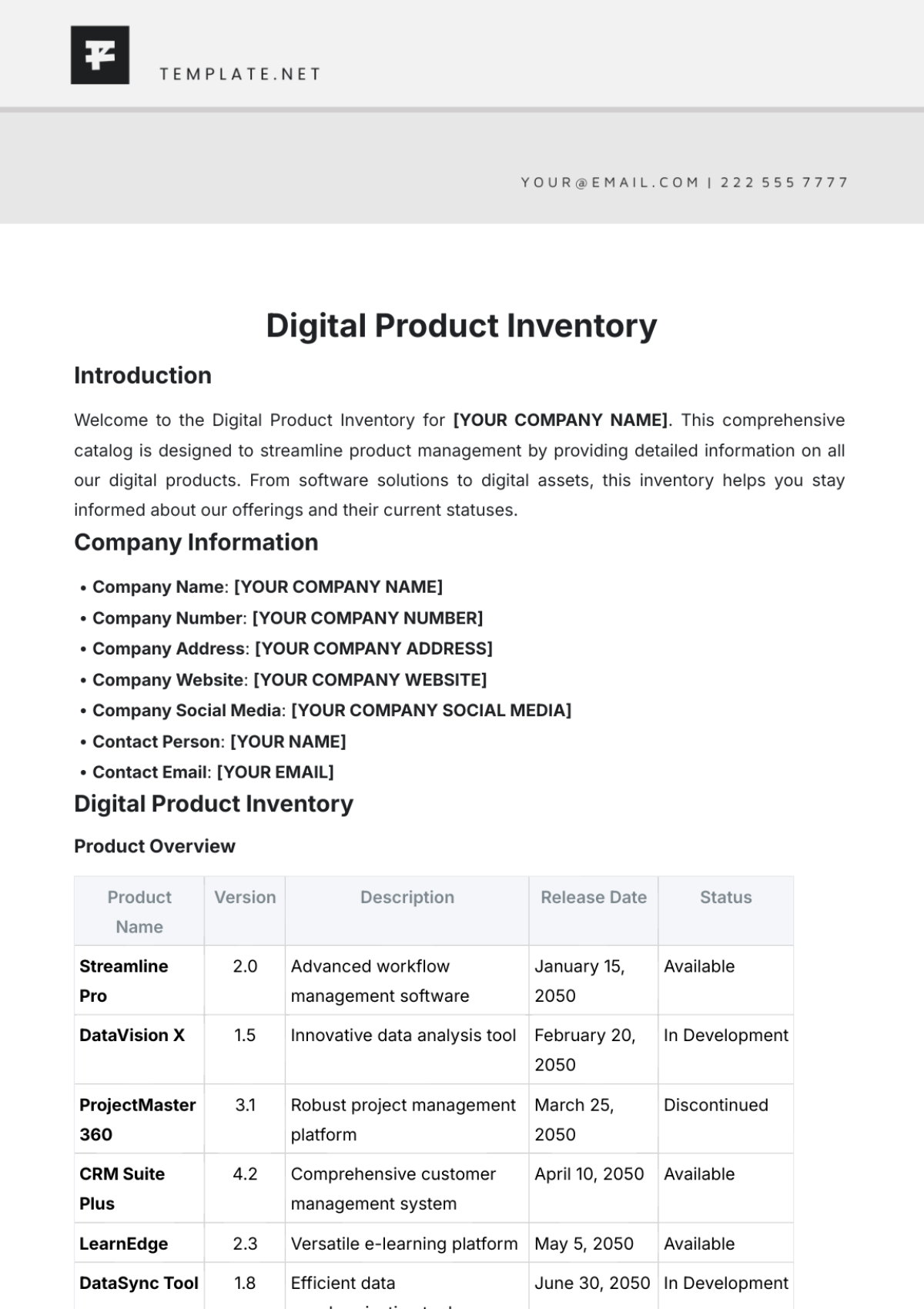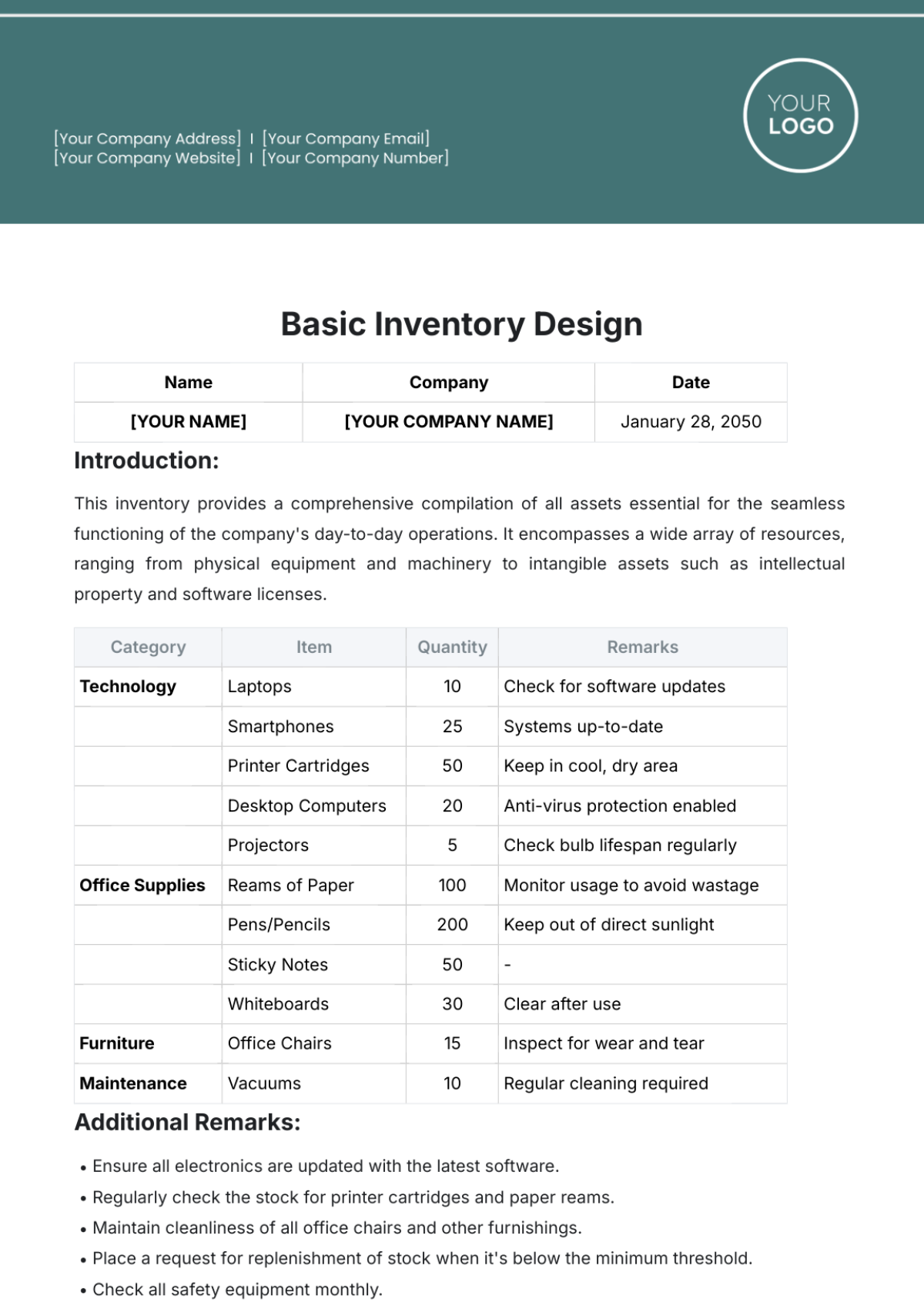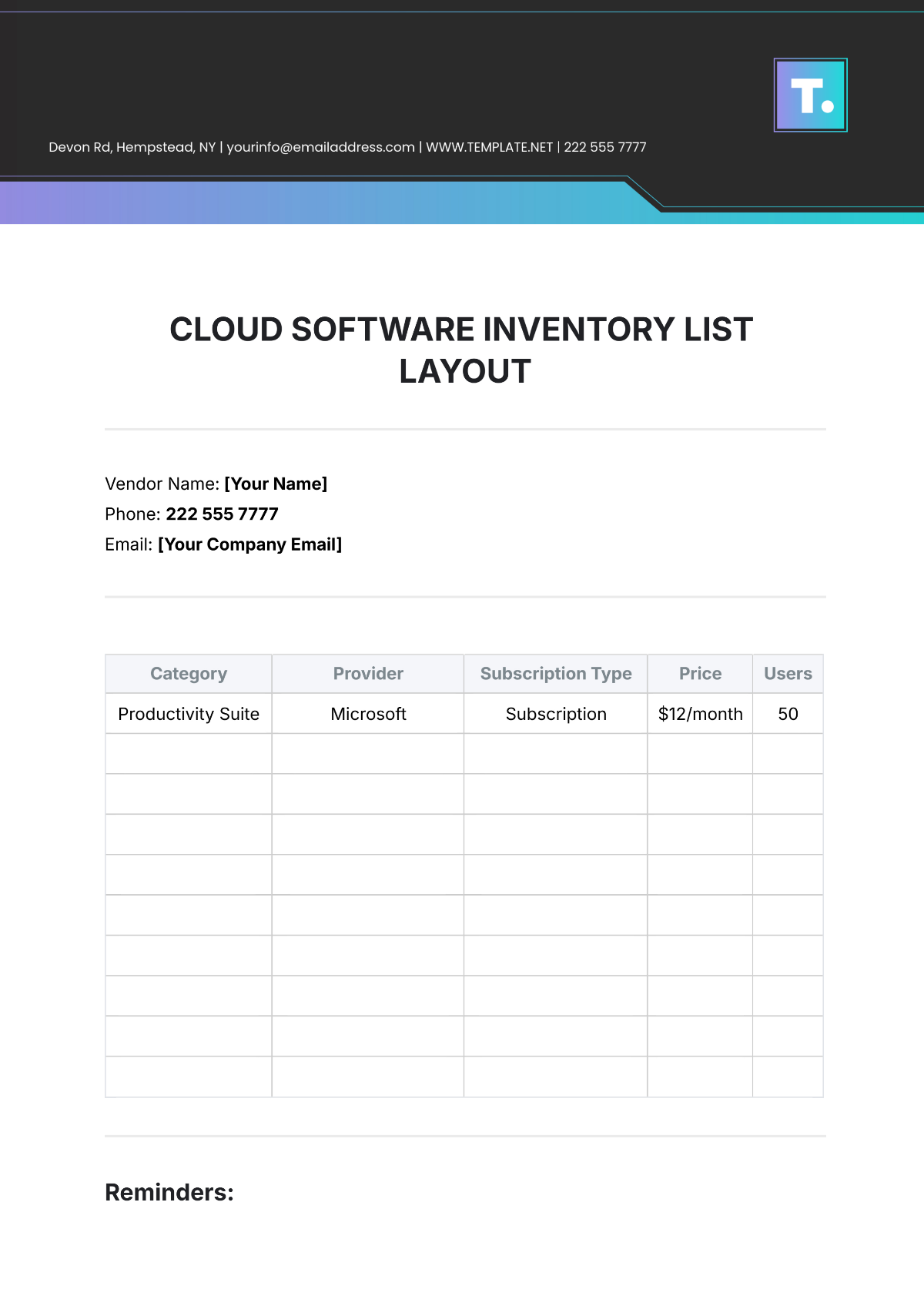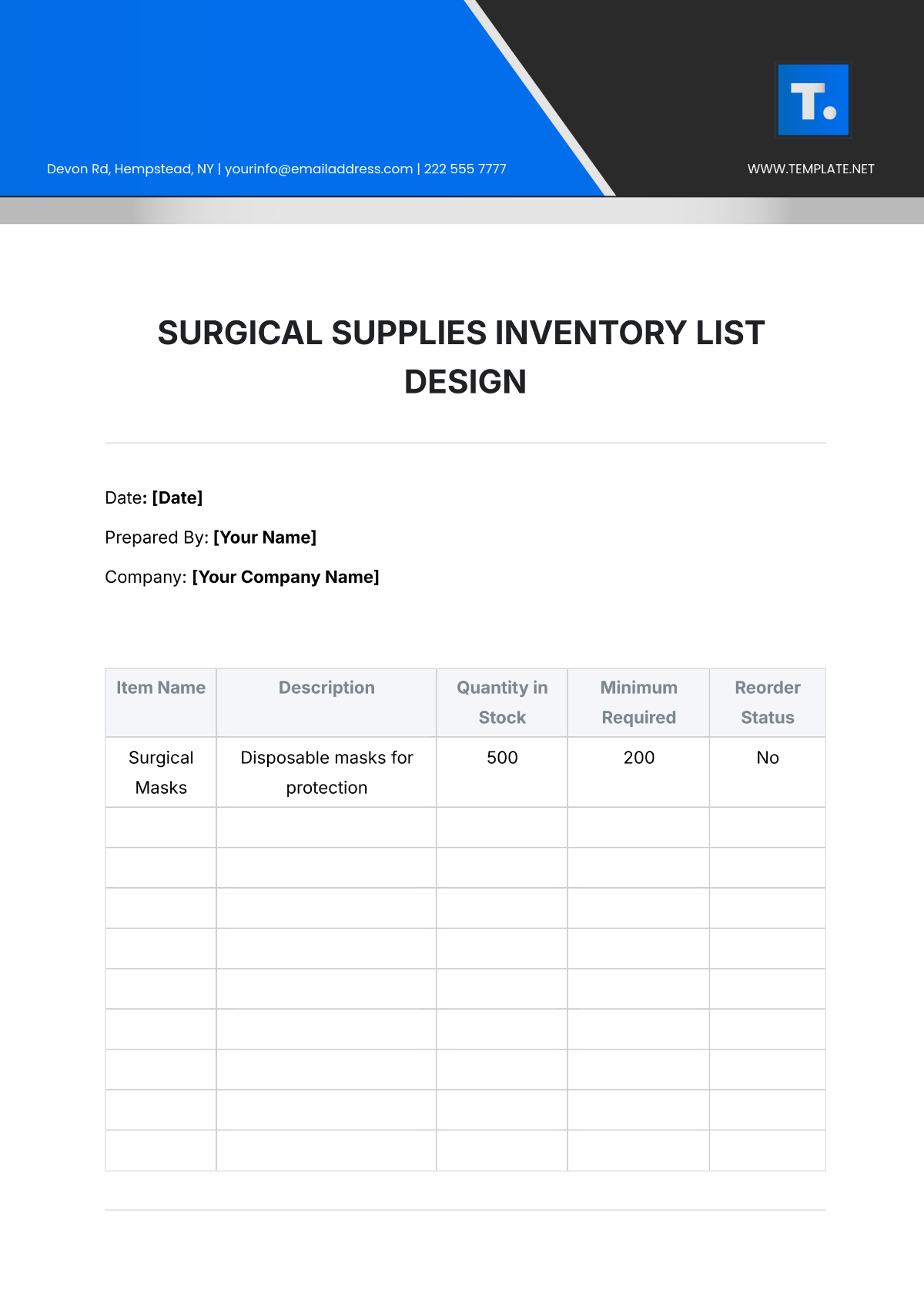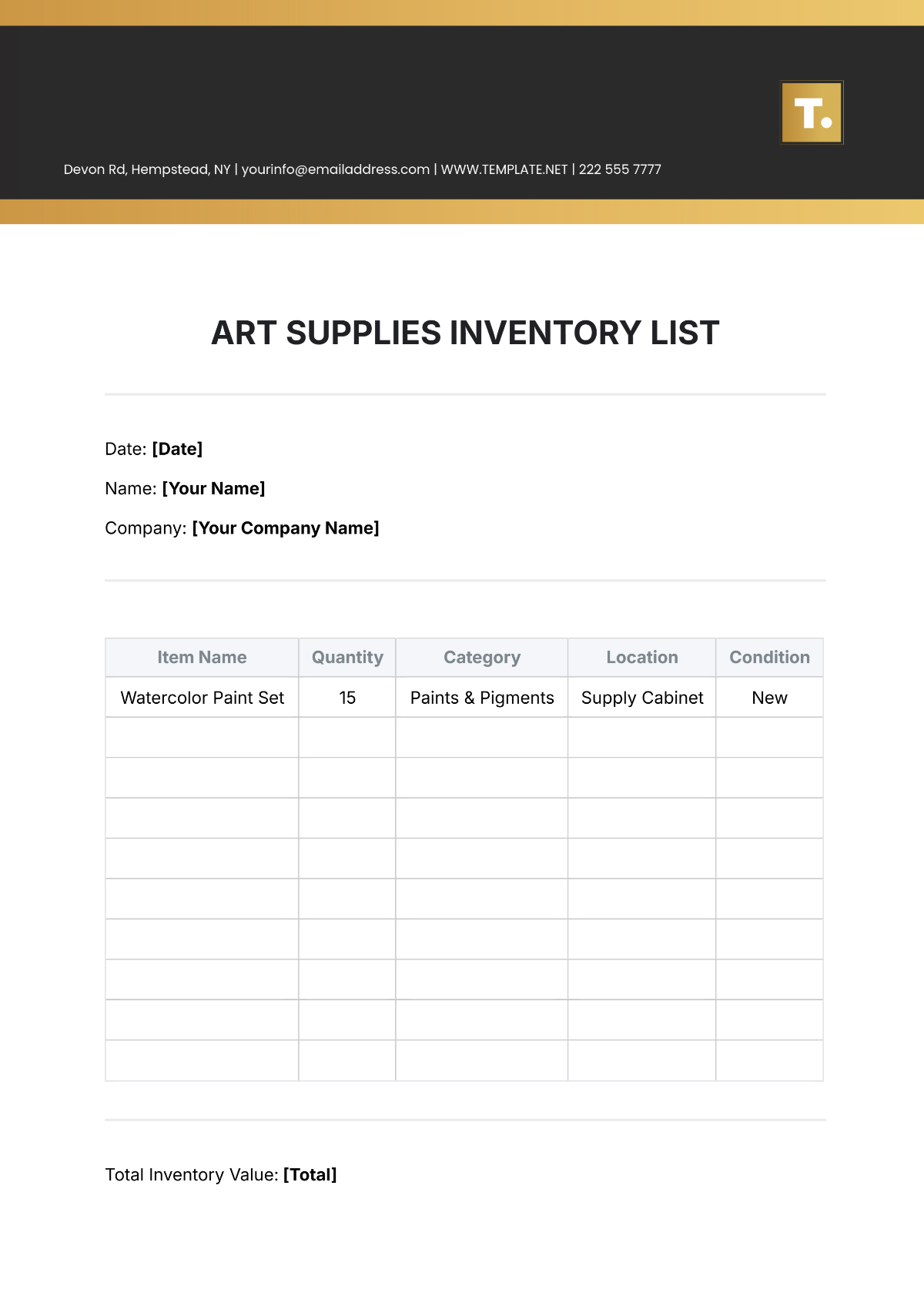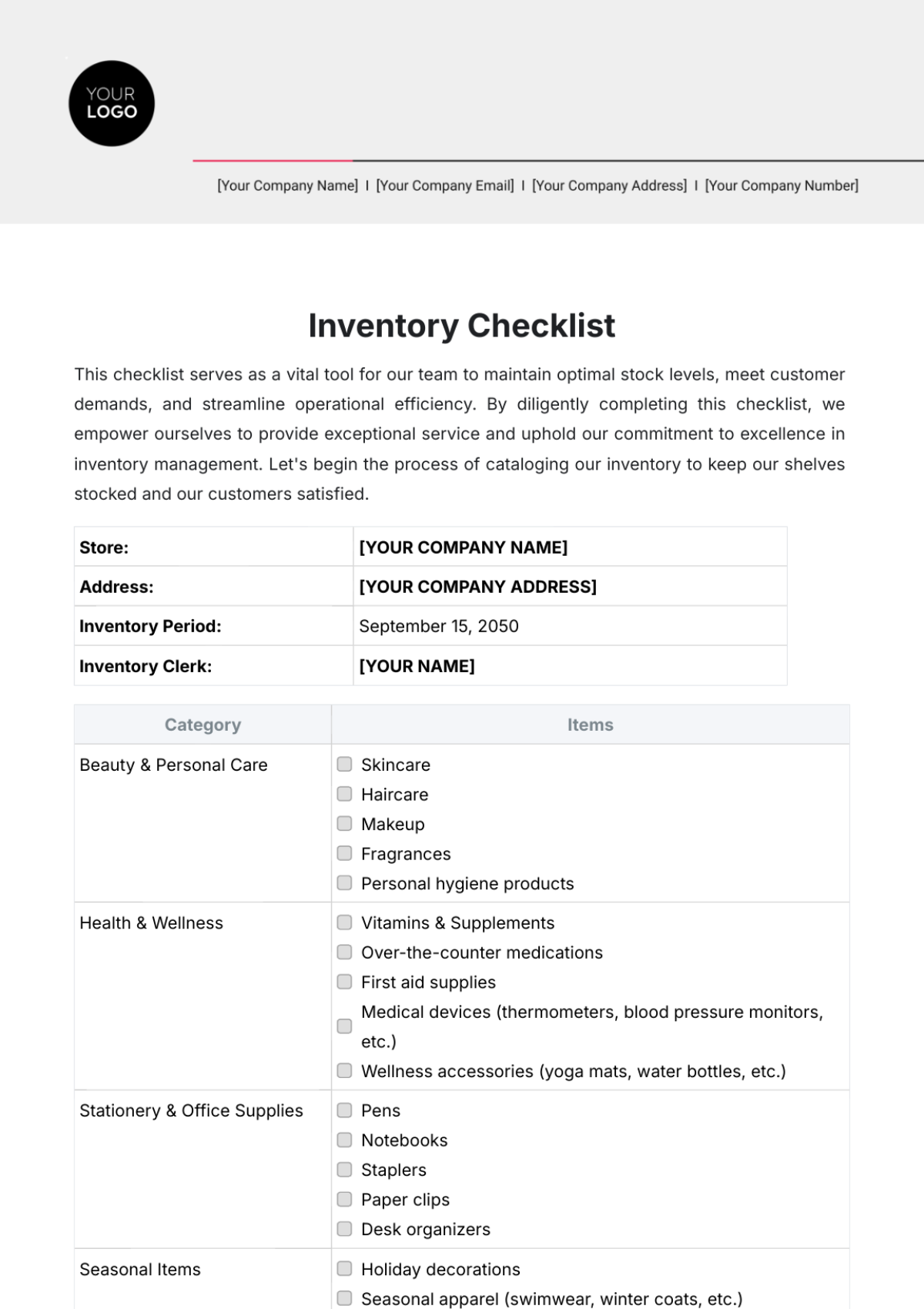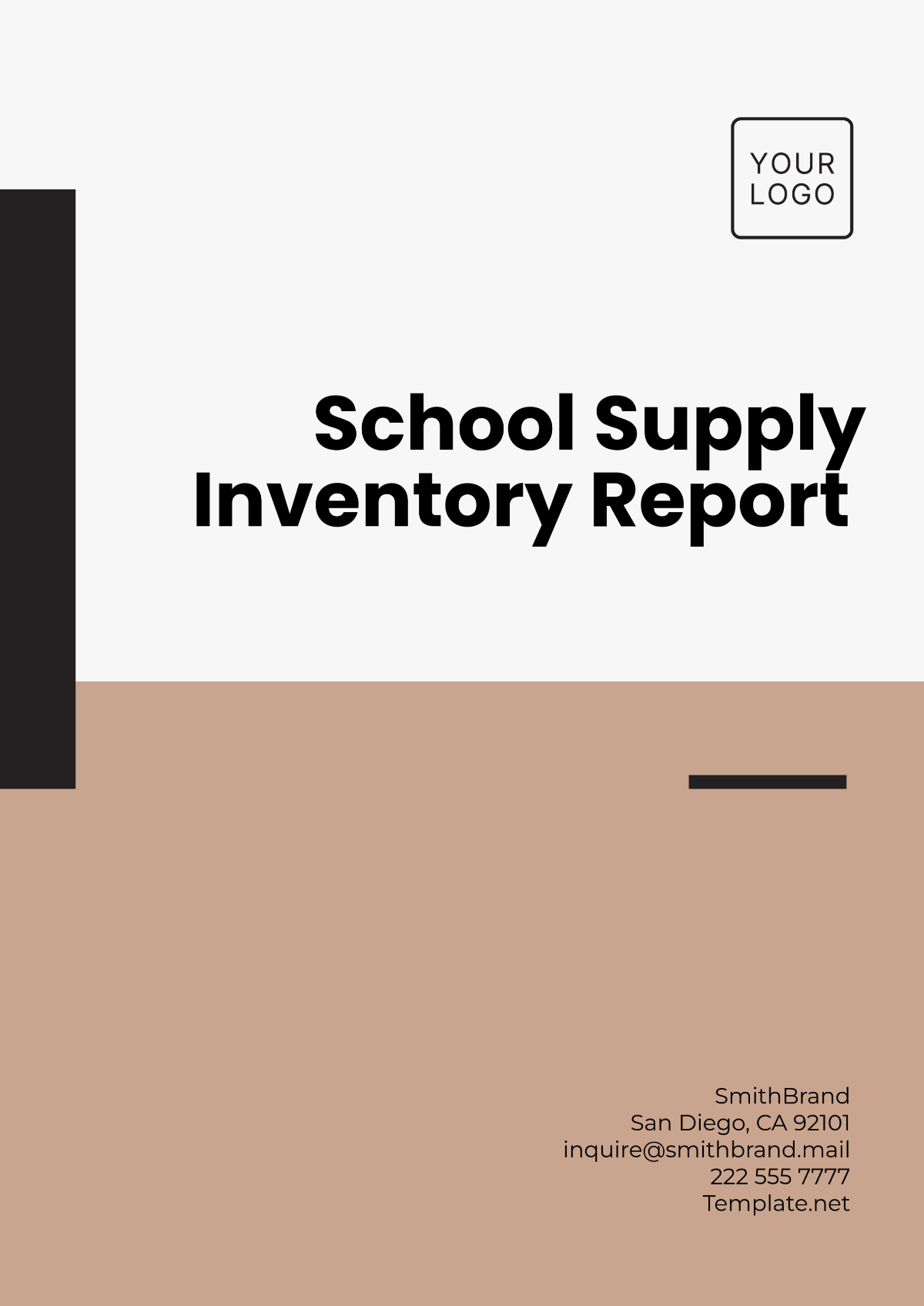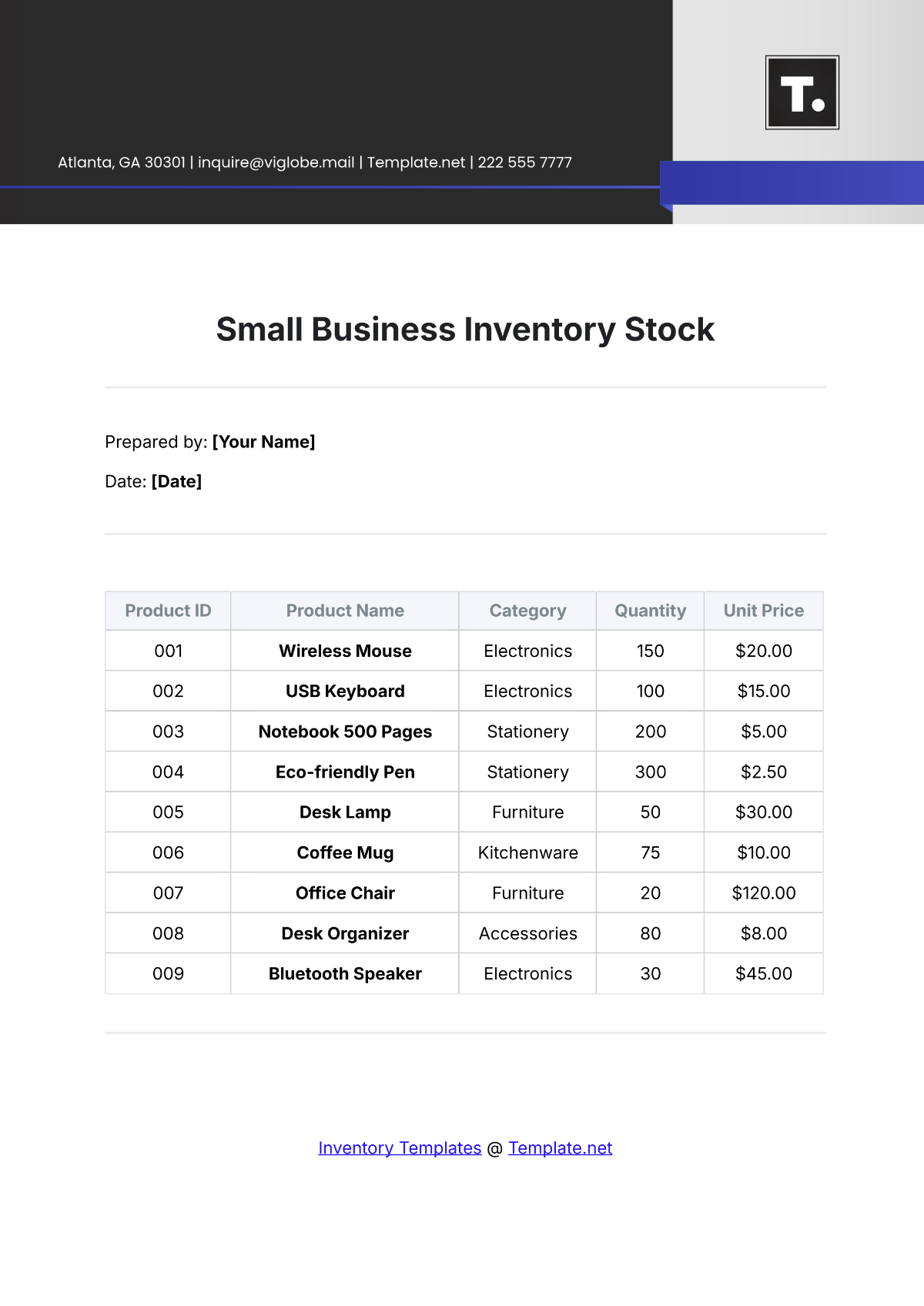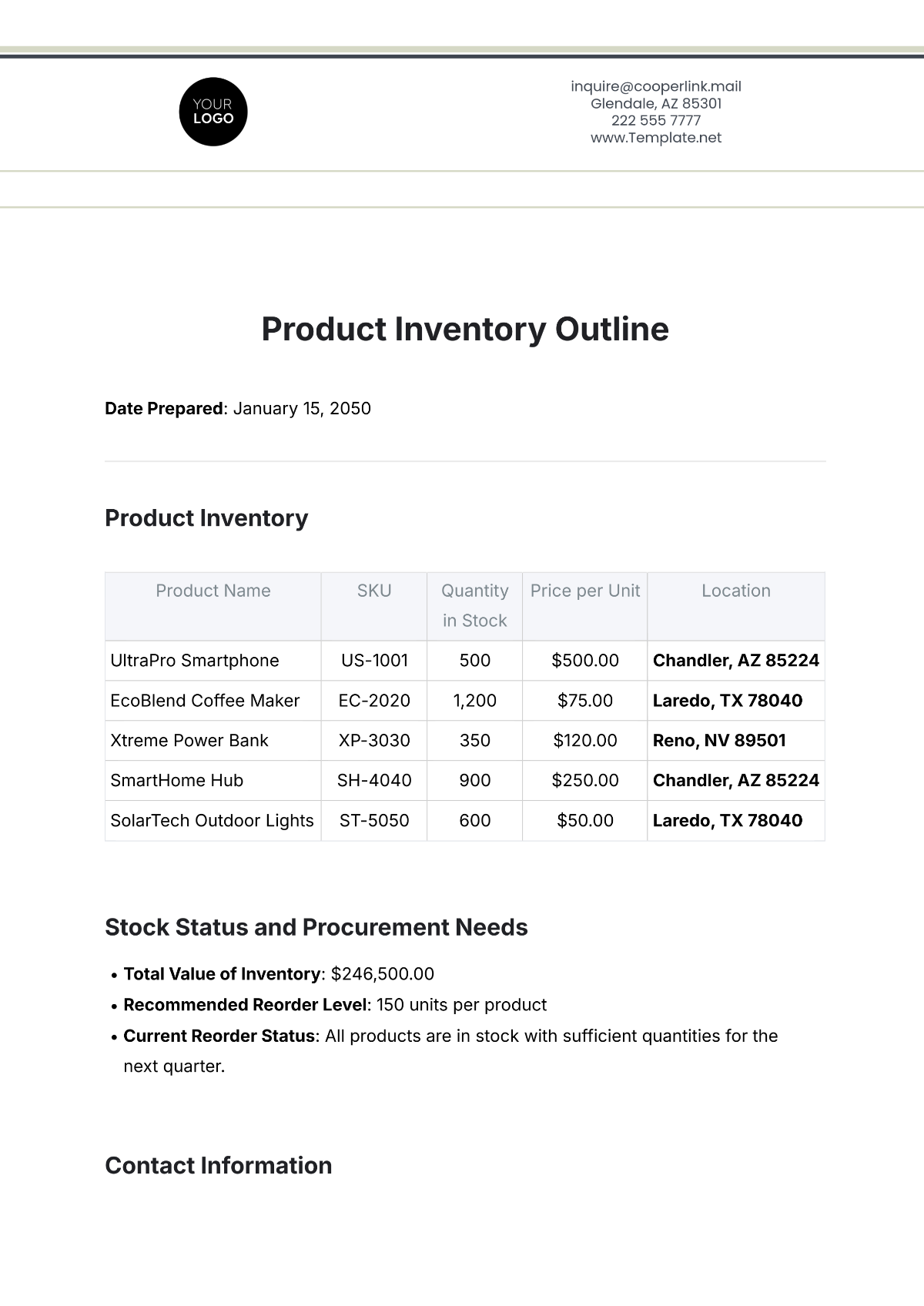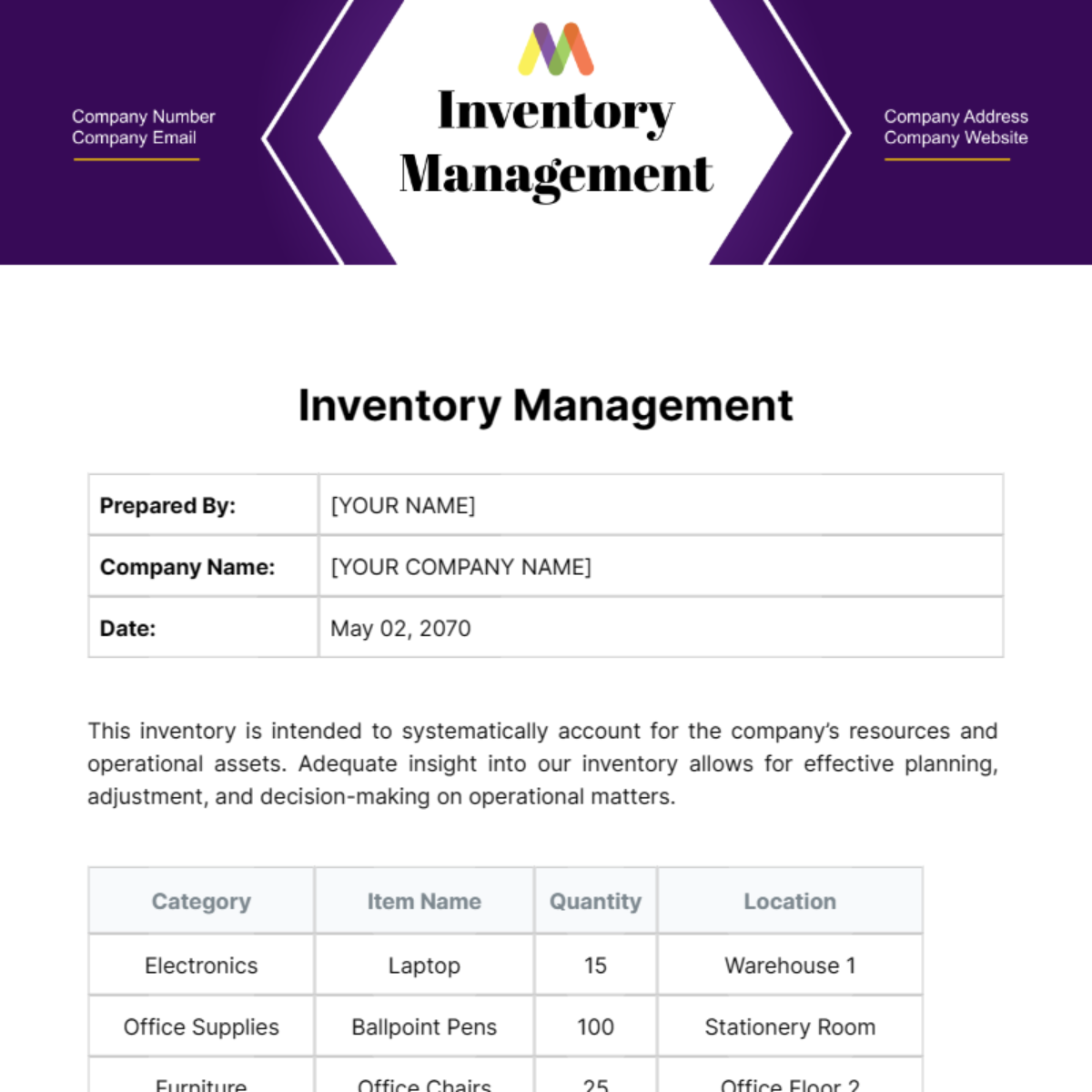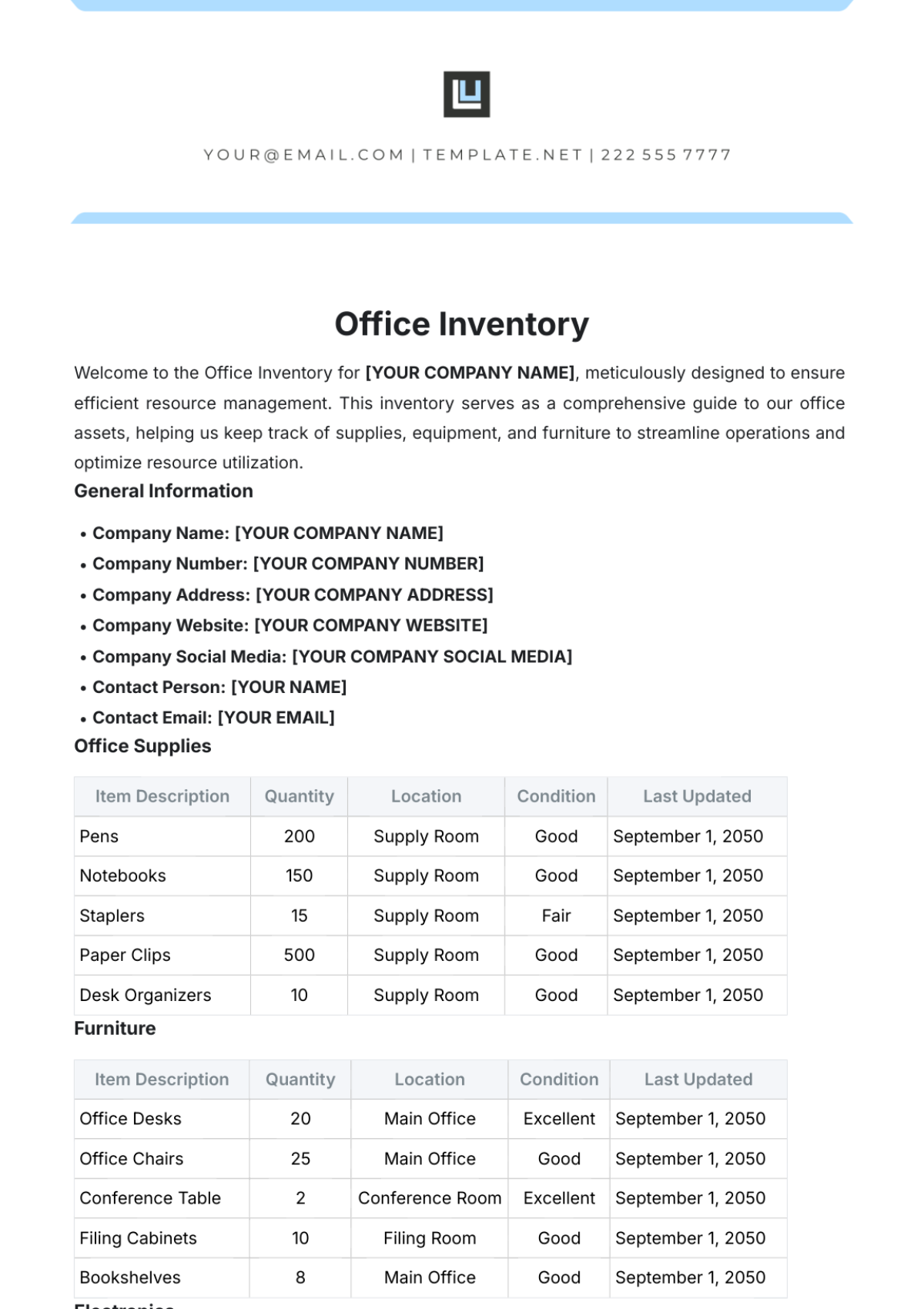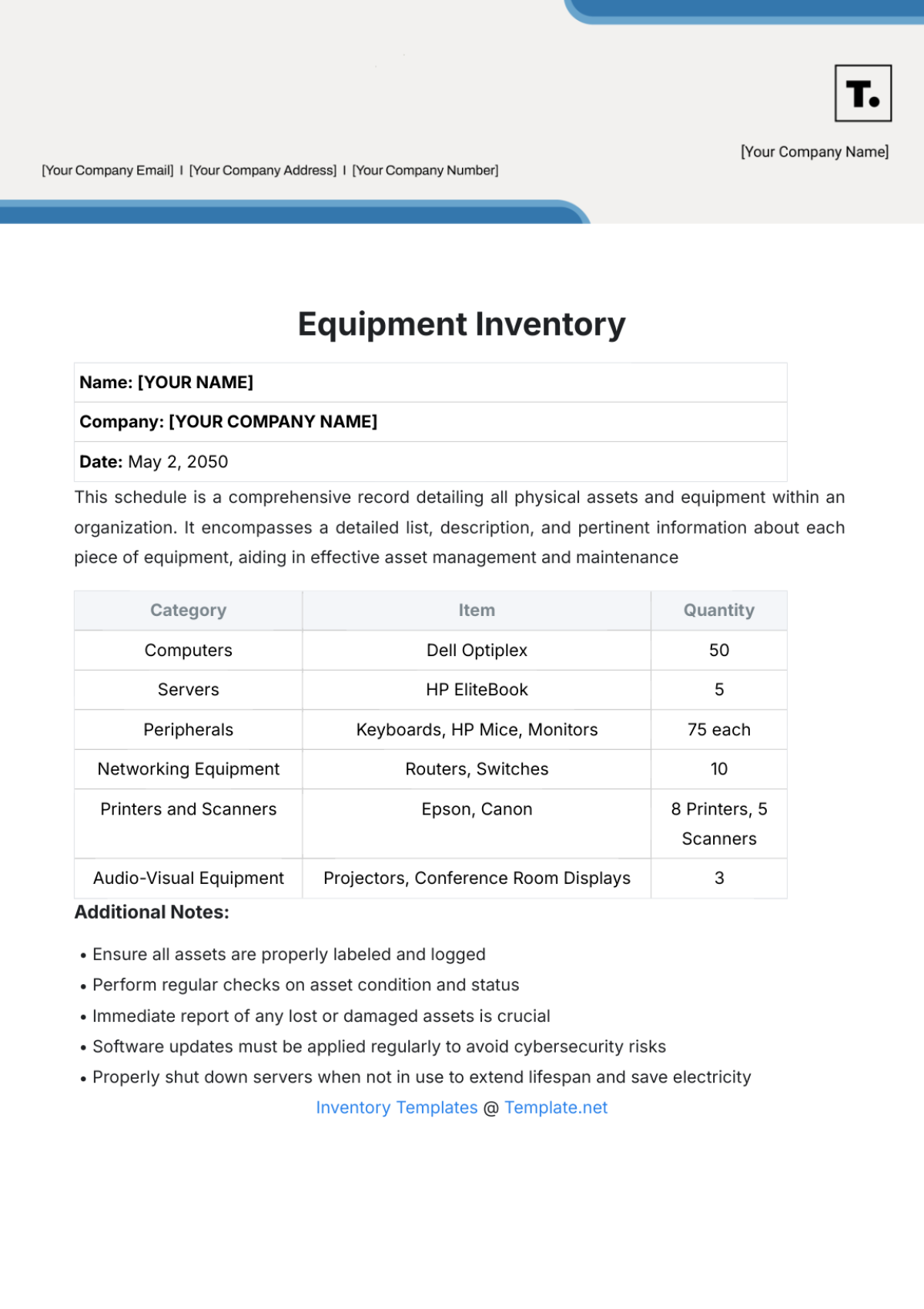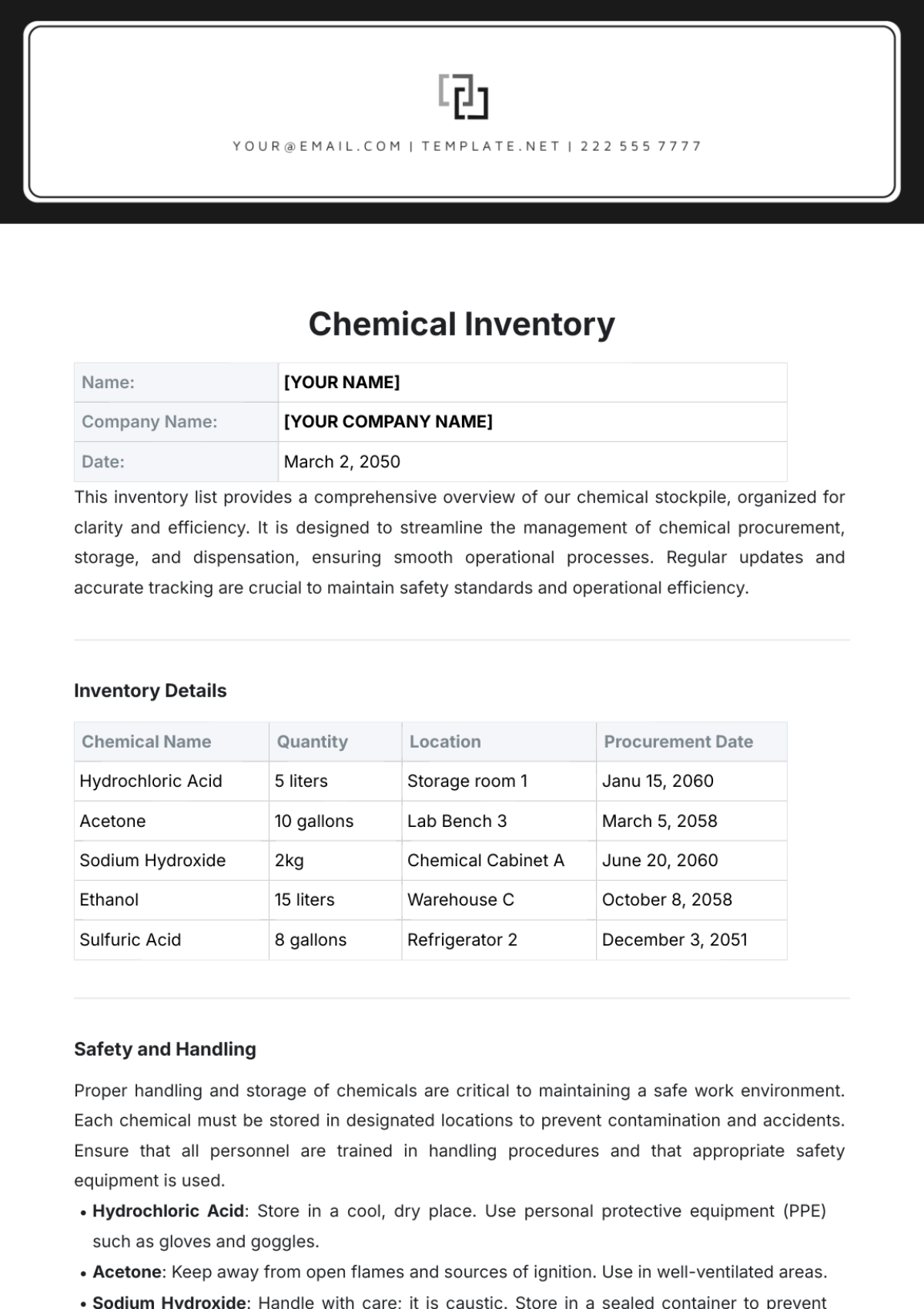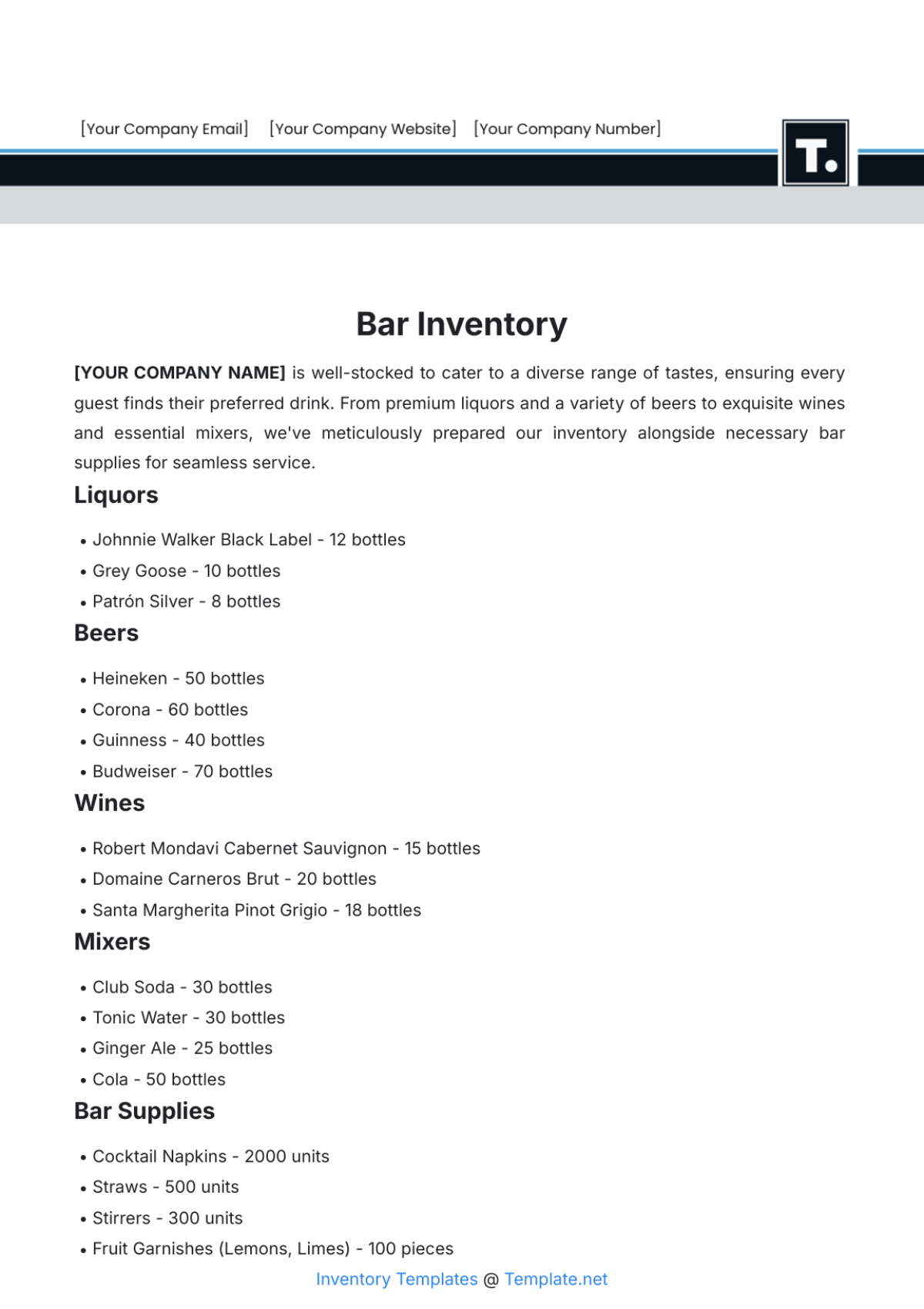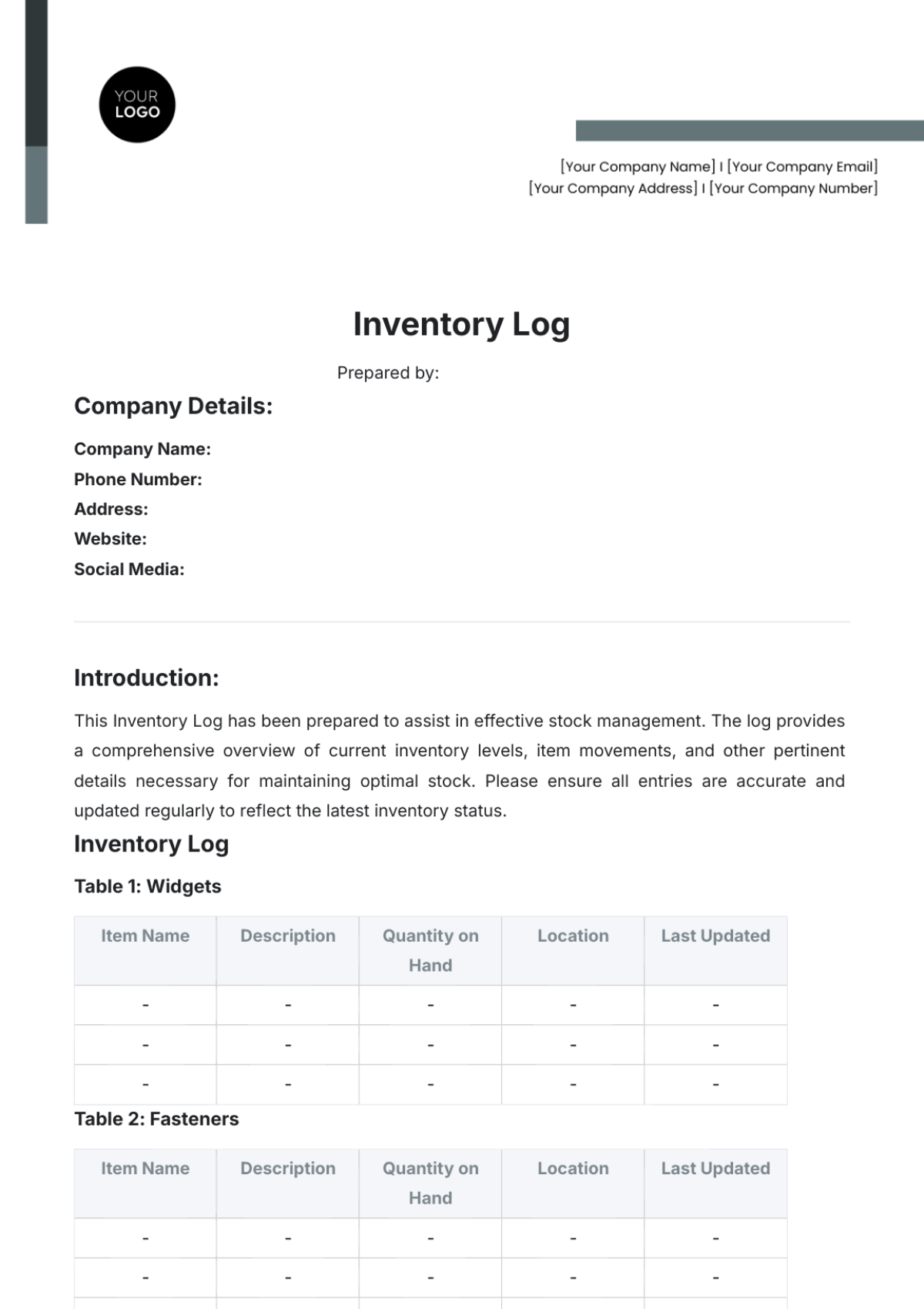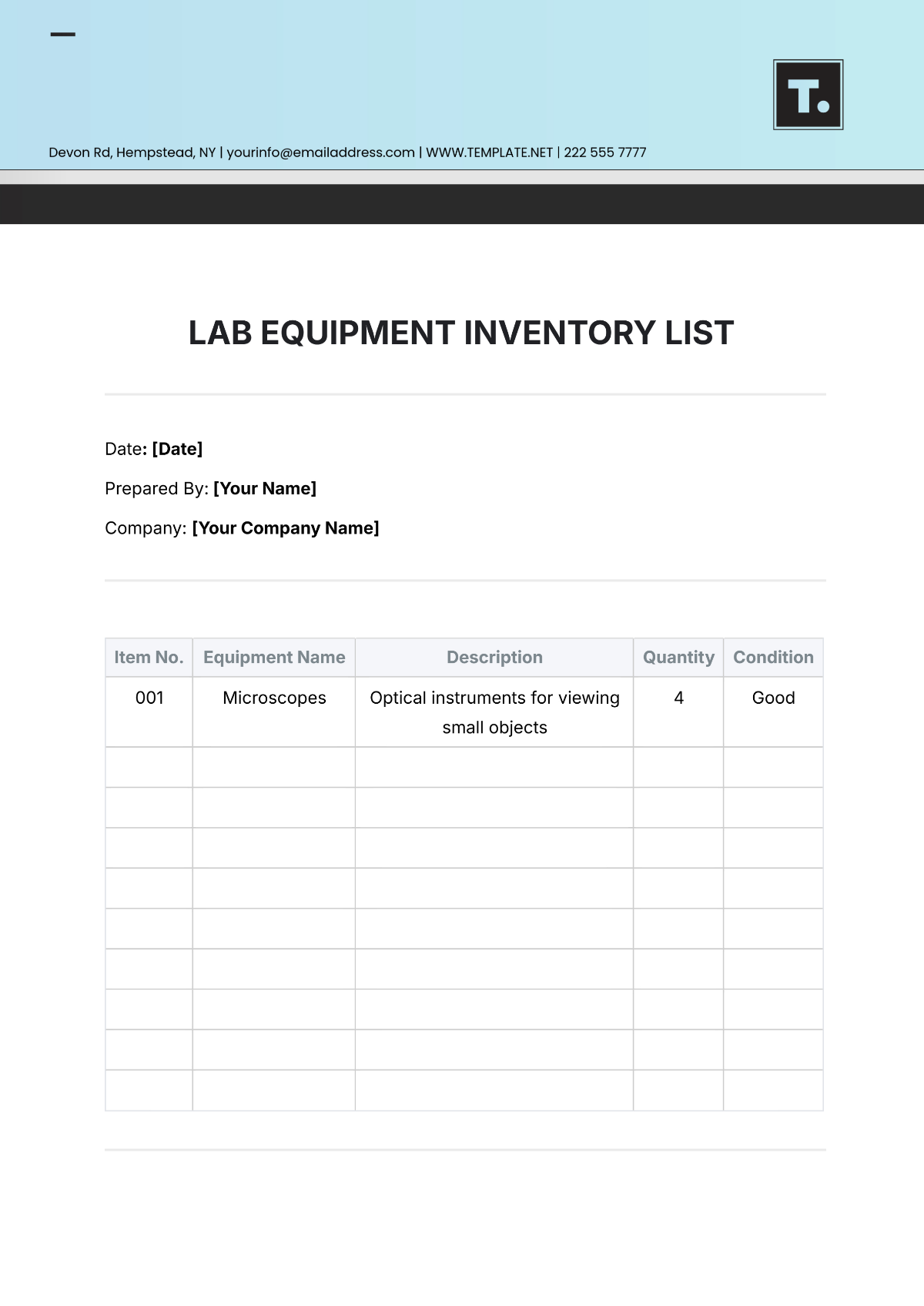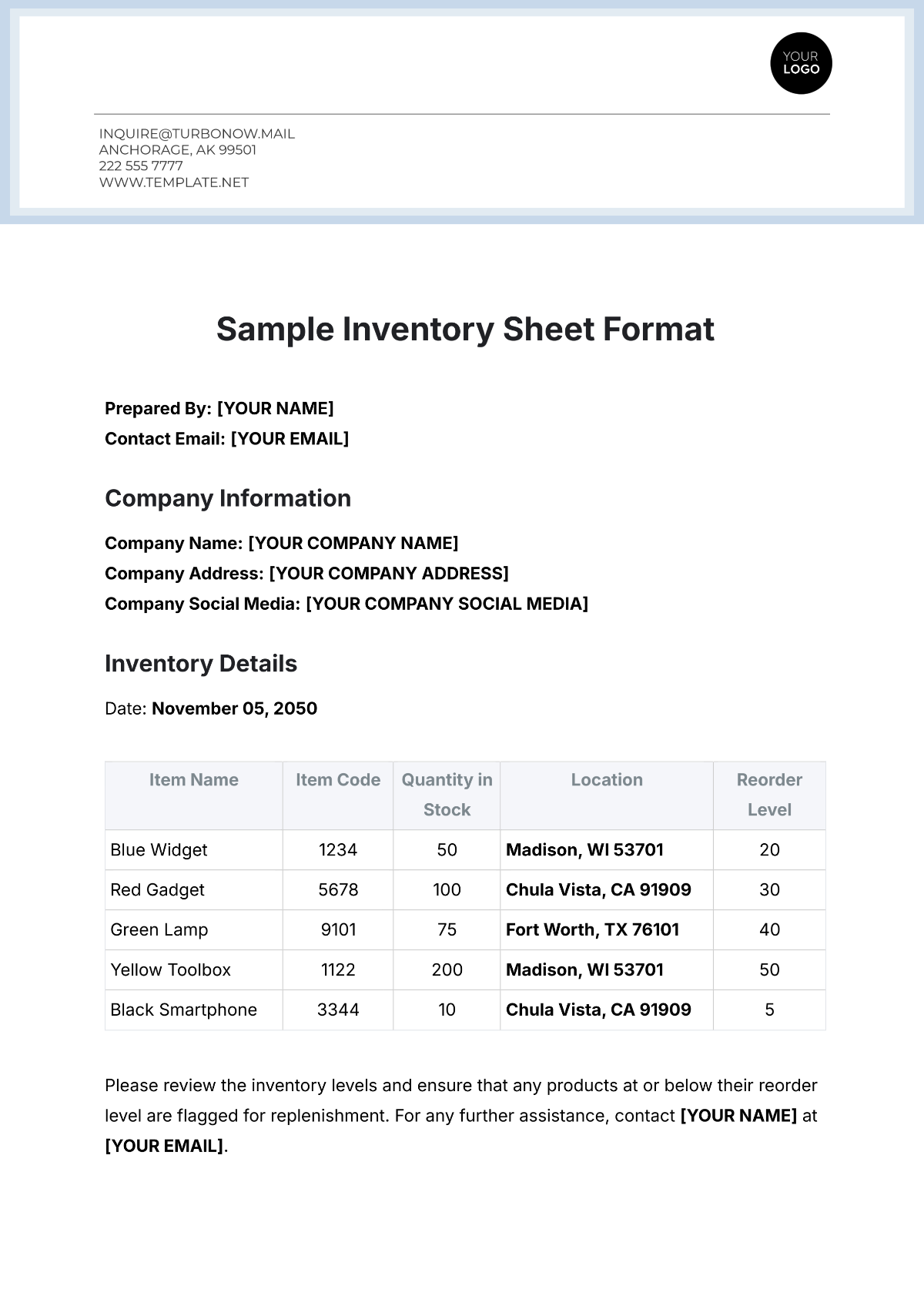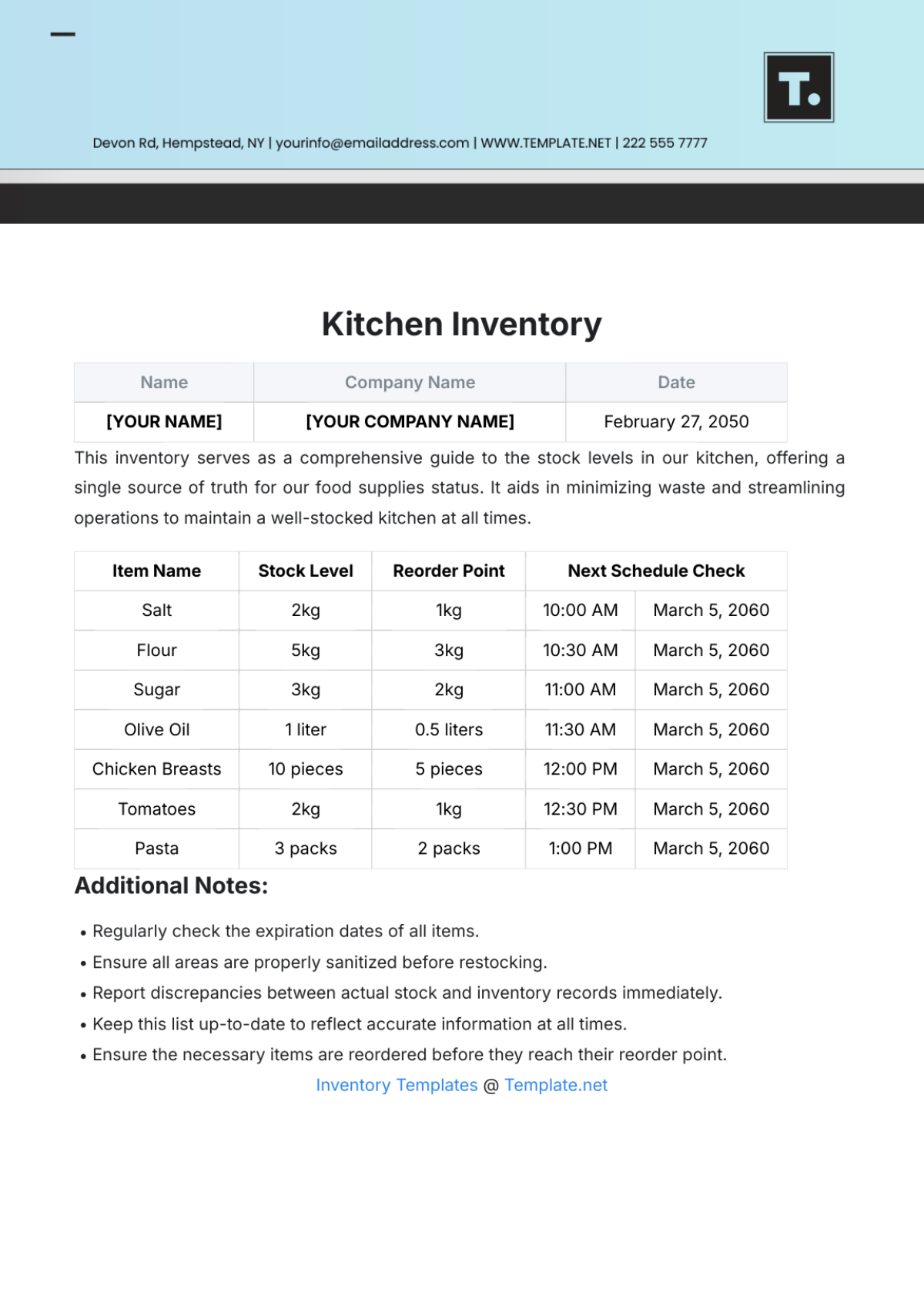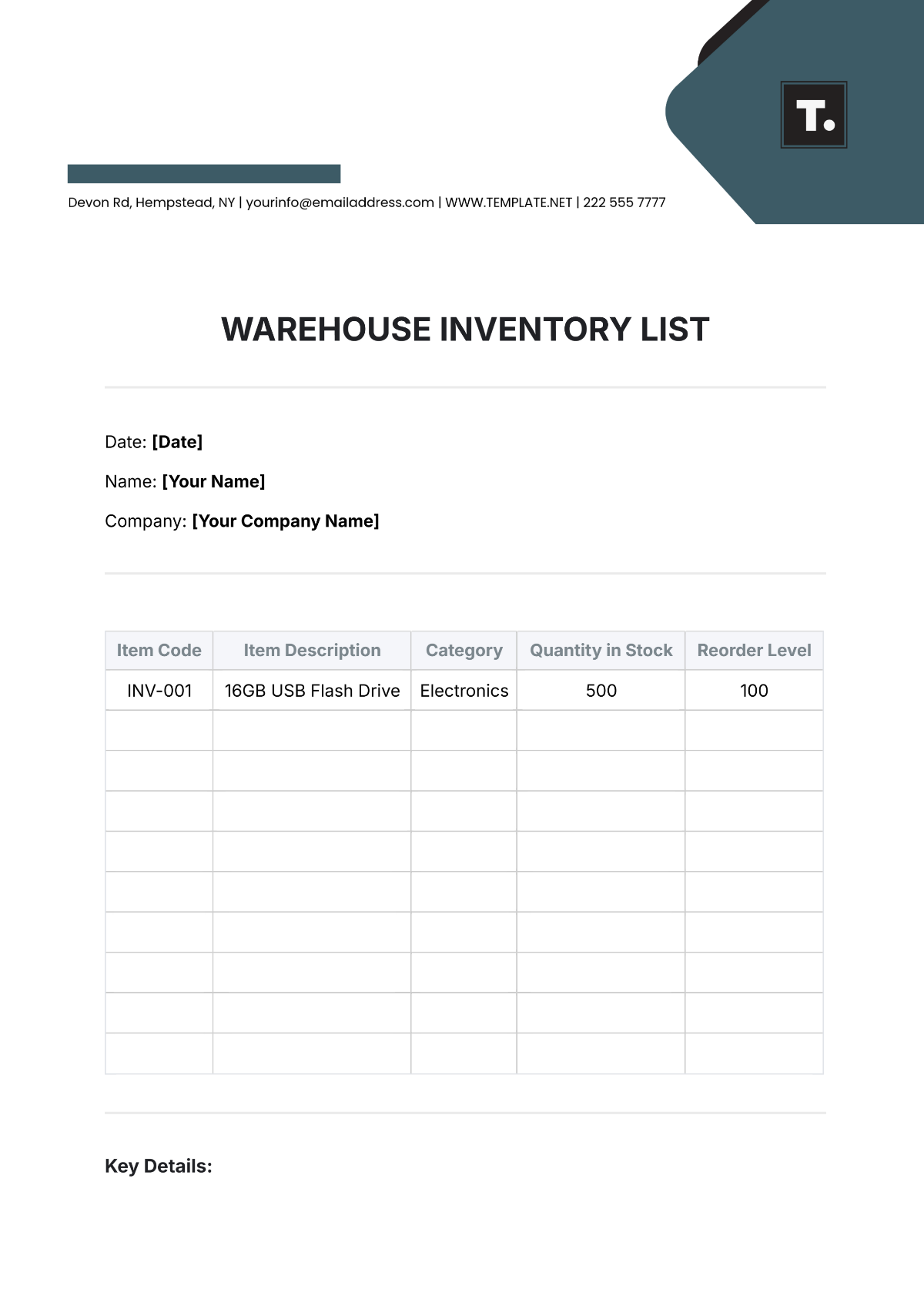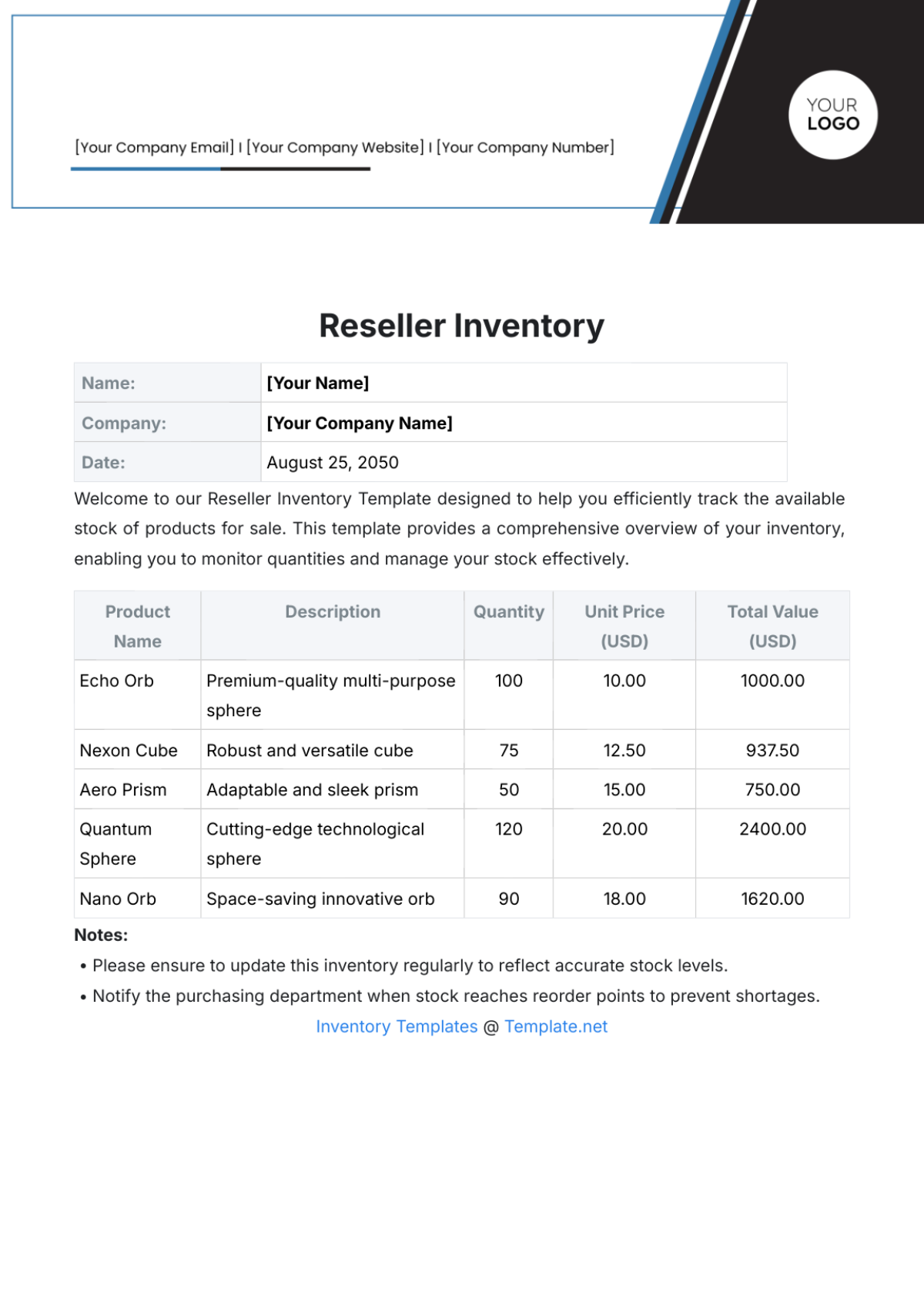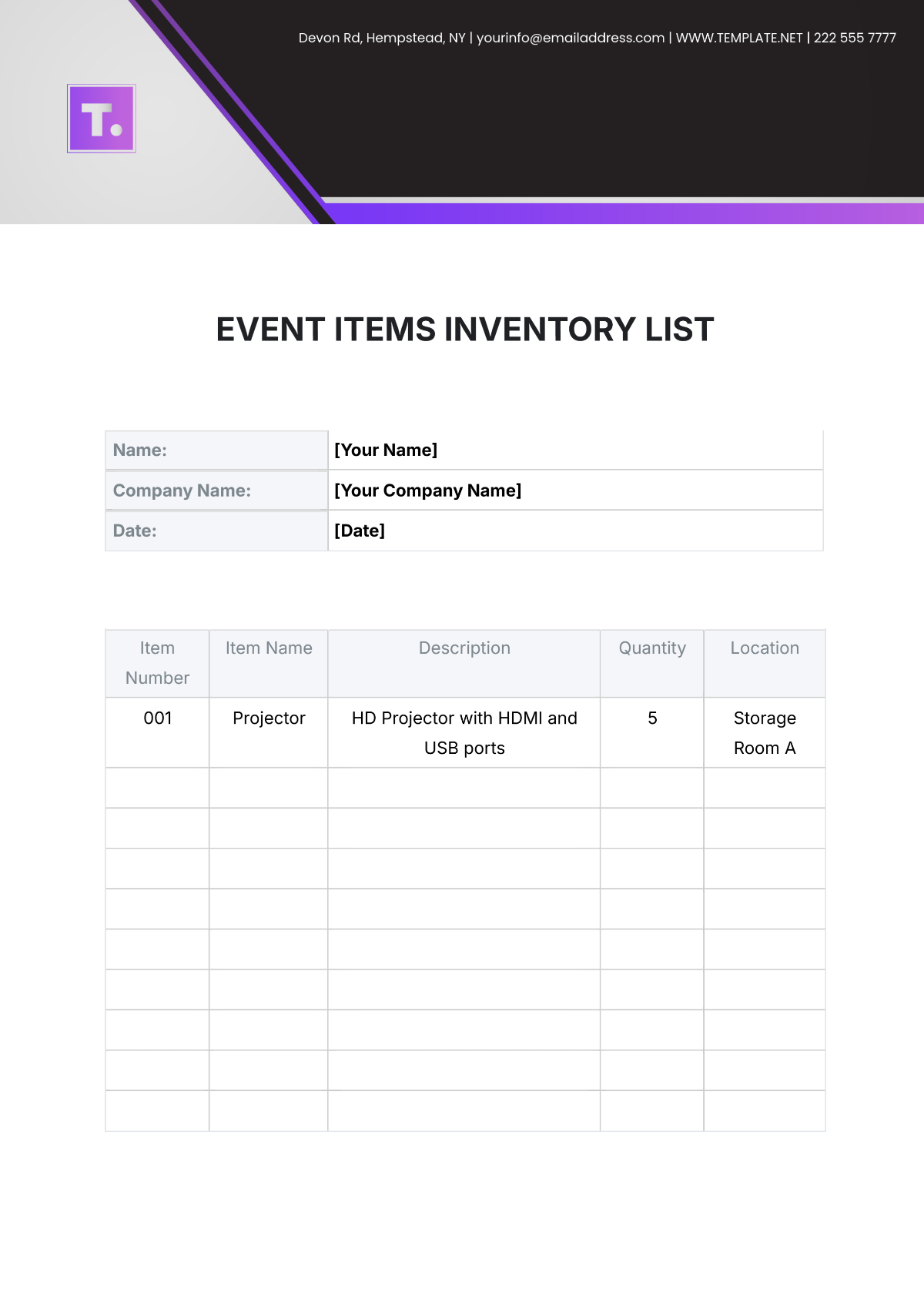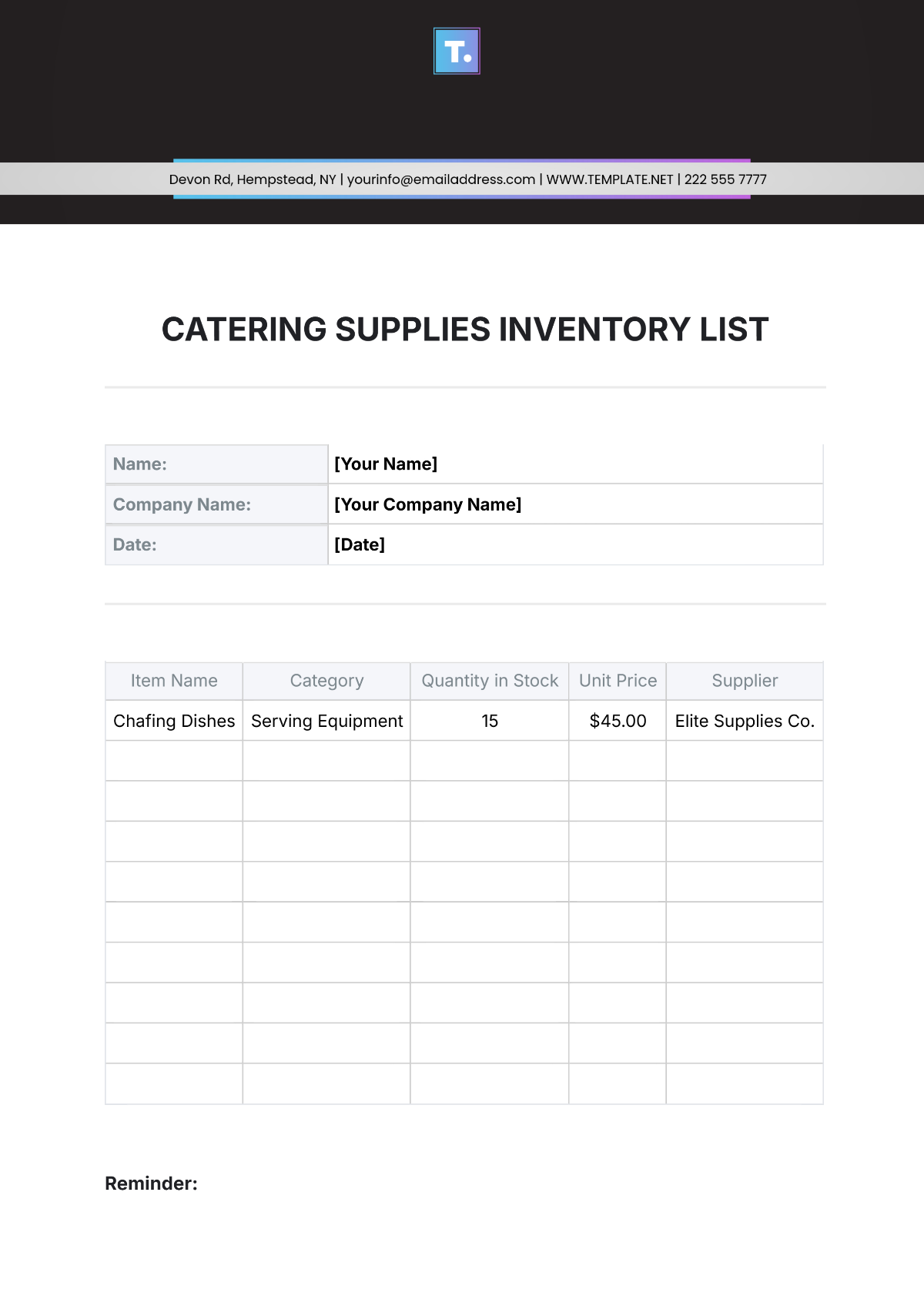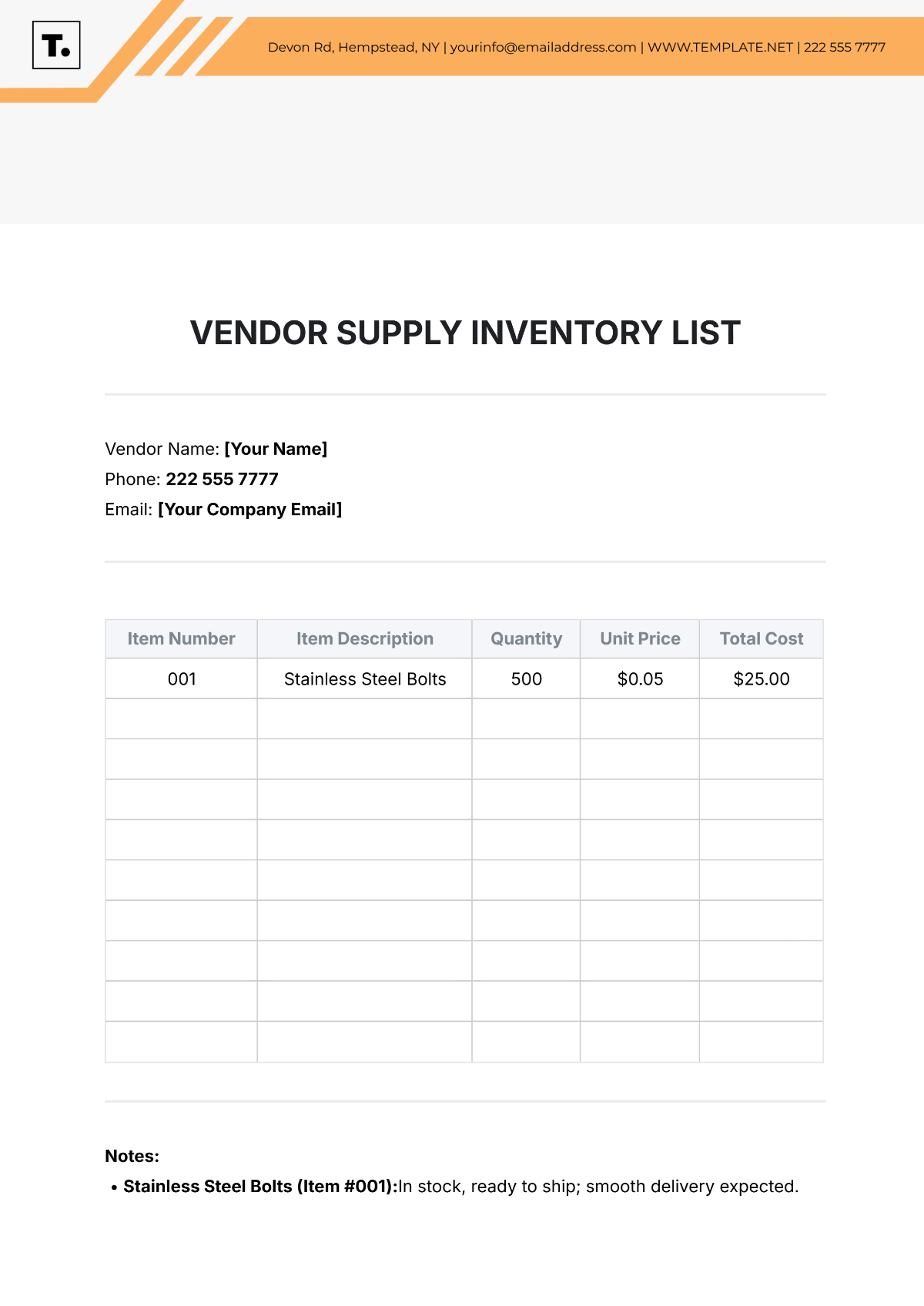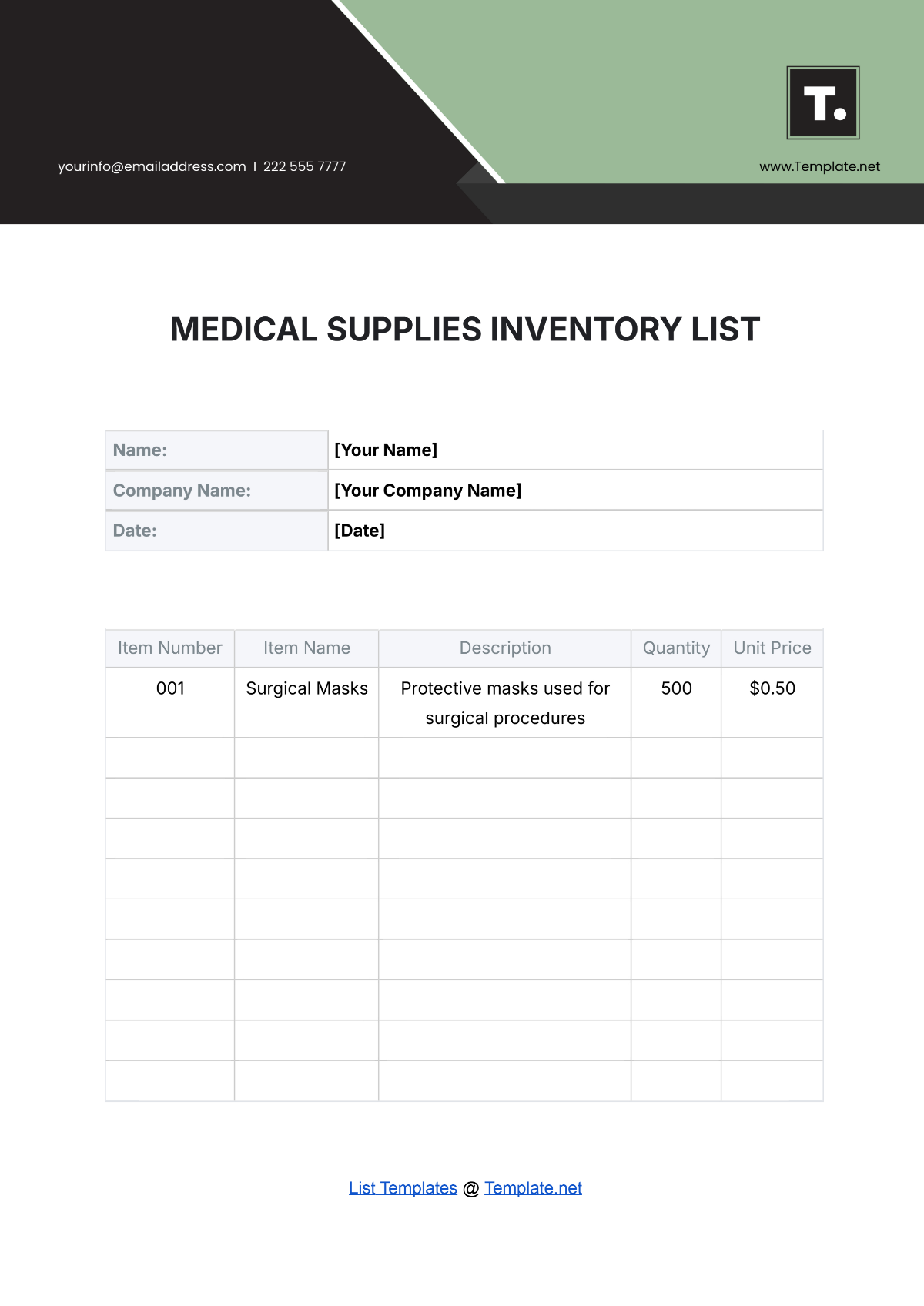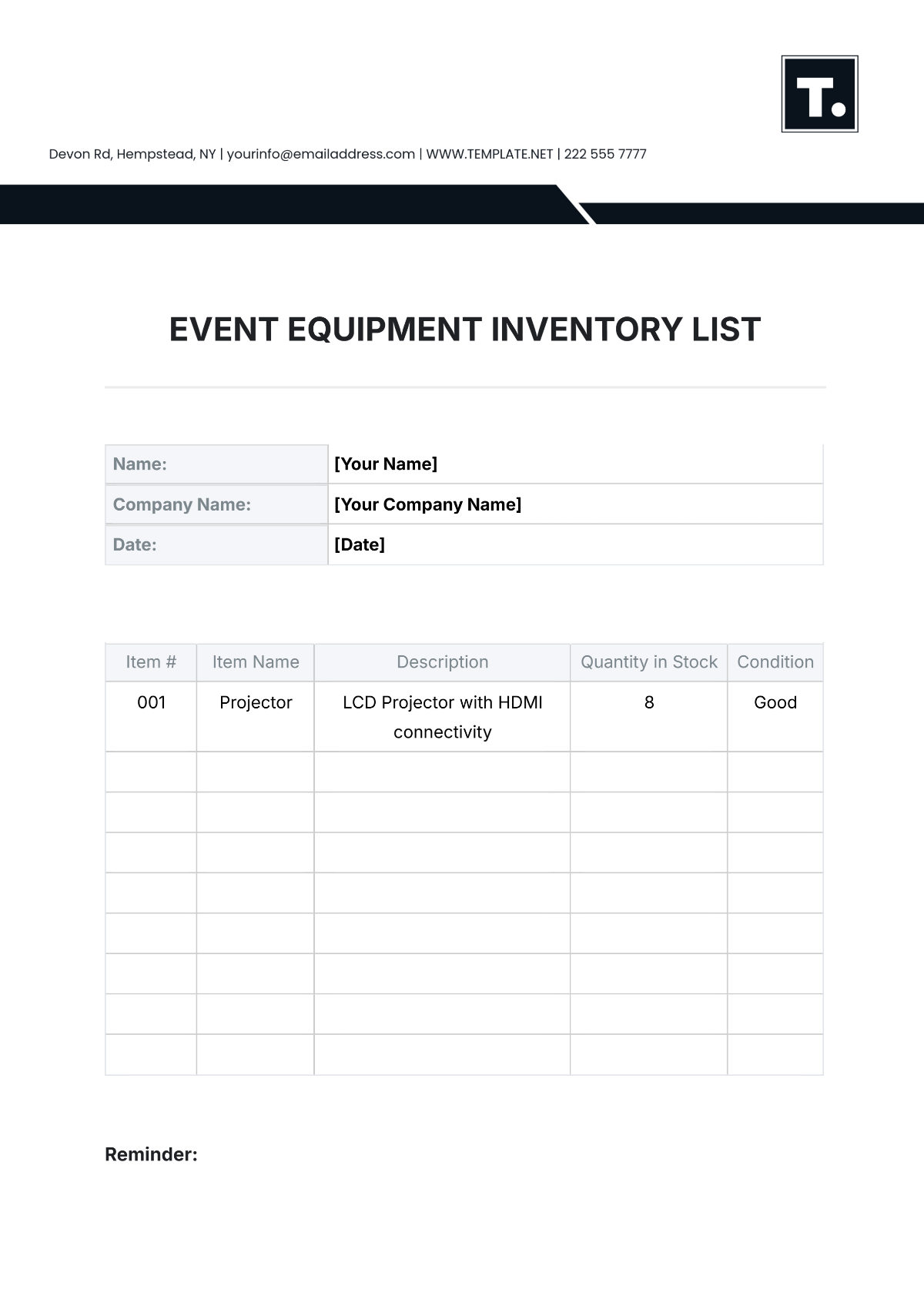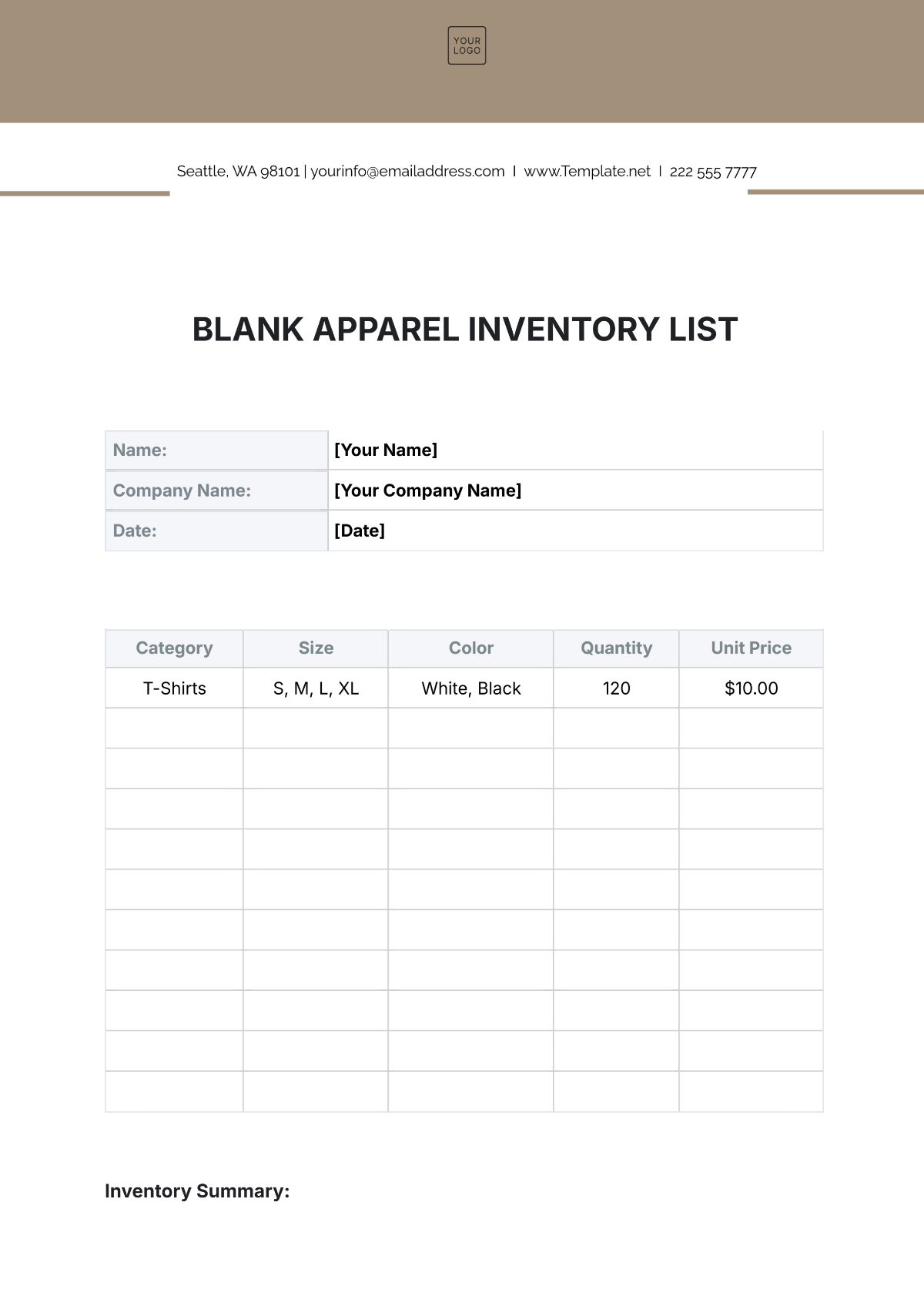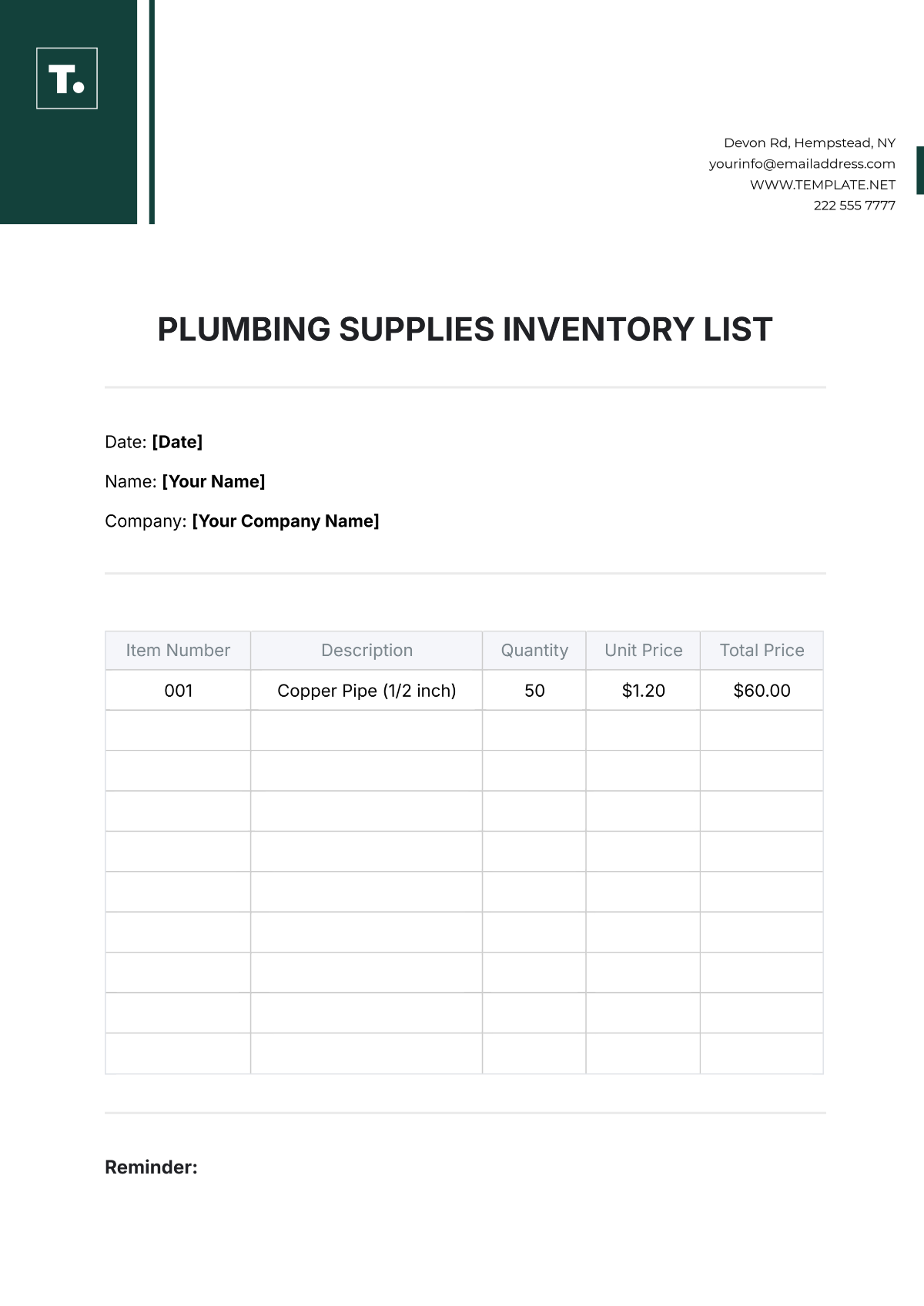Inventory Internal Audit Report Printable
1. Executive Summary
This Audit Report provides a comprehensive review of the inventory management processes and controls of [Your Company Name]. Conducted from January 1, 2050, to December 31, 2050, this audit assessed the effectiveness, efficiency, and compliance with relevant policies and regulations governing inventory management. The report summarizes key findings, observations, and actionable recommendations aimed at improving inventory practices.
2. Objectives and Scope
The primary objectives of the audit were to:
Evaluate the accuracy of inventory records: Ensure alignment between physical counts and system records.
Assess the effectiveness of inventory controls: Identify weaknesses and areas for enhancement.
Identify discrepancies or inefficiencies: Pinpoint issues affecting operational efficiency.
Ensure compliance with relevant regulations and policies: Verify adherence to legal and organizational standards.
The scope of the audit included all inventory-related activities within [Your Company Name] from January 1, 2050, to December 31, 2050.
3. Methodology
The audit methodology incorporated several approaches:
Review of Inventory Records: Analyzed documentation for accuracy and completeness.
Interviews with Key Personnel: Conducted discussions with staff involved in inventory management to gather insights on practices and challenges.
Physical Inspection of Inventory Items: Verified the existence and condition of items in stock.
Analysis of Inventory Data and Trends: Examined inventory turnover rates, stock levels, and historical data to identify patterns.
4. Key Findings
The audit revealed several critical findings summarized below:
Finding | Description | Impact | Recommendation |
|---|---|---|---|
1. Inaccurate Inventory Records | Significant discrepancies were found between physical counts and system records for multiple inventory items, including electronics and raw materials. | Potential for stockouts, overstocking, and financial inaccuracies. | Implement a regular reconciliation process (monthly) to ensure alignment between physical counts and system records. |
2. Weak Inventory Controls | Lack of segregation of duties in the inventory management process increases risk, particularly in inventory receiving and recording. | Heightened potential for errors and fraud. | Establish clear roles and responsibilities for inventory management to ensure effective segregation of duties. |
3. Inefficient Inventory Turnover | High levels of obsolete or slow-moving stock were identified, especially in seasonal items. | Increased holding costs and capital tied up in inventory. | Utilize advanced demand forecasting techniques and inventory management software to optimize turnover rates and reduce obsolete stock. |
5. Detailed Observations
5.1 Inaccurate Inventory Records
During the audit, discrepancies were noted, particularly in electronics and raw materials. For instance, Item A showed a record of 200 units, while the physical count revealed only 150 units. This inconsistency highlights deficiencies in record-keeping that could disrupt supply chain operations.
5.2 Weak Inventory Controls
The audit revealed insufficient segregation of duties, particularly between inventory receiving and inventory recording roles. This situation raises the risk of unintentional errors and potential fraudulent activities. A review of personnel assignments is recommended to mitigate these risks.
5.3 Inefficient Inventory Turnover
Analysis indicated that approximately 30% of stock is either obsolete or slow-moving, particularly in seasonal items. This inefficiency leads to unnecessary holding costs and can negatively impact cash flow. A strategic review of inventory practices is essential to enhance turnover rates.
6. Recommendations
To address the identified issues and improve inventory management processes, the following recommendations are proposed:
Implement a Regular Reconciliation Process: Establish a schedule for monthly reconciliations between physical counts and system records, involving cross-functional teams to enhance accountability.
Establish Clear Roles and Responsibilities: Define and document roles within the inventory management process to ensure proper segregation of duties and accountability.
Utilize Demand Forecasting Techniques: Invest in training staff on demand forecasting tools and techniques to enhance inventory turnover and minimize obsolete stock.
7. Conclusion
The audit identified several critical areas for improvement within the inventory management processes at [Your Company Name]. By addressing the key findings and implementing the outlined recommendations, the organization can significantly enhance the accuracy, efficiency, and compliance of its inventory management practices.
8. Appendices
Detailed supporting data and additional information can be found in the following appendices:
Appendix A: Detailed Inventory Data Analysis
Appendix B: Interview Summaries
Appendix C: Physical Inspection Reports

